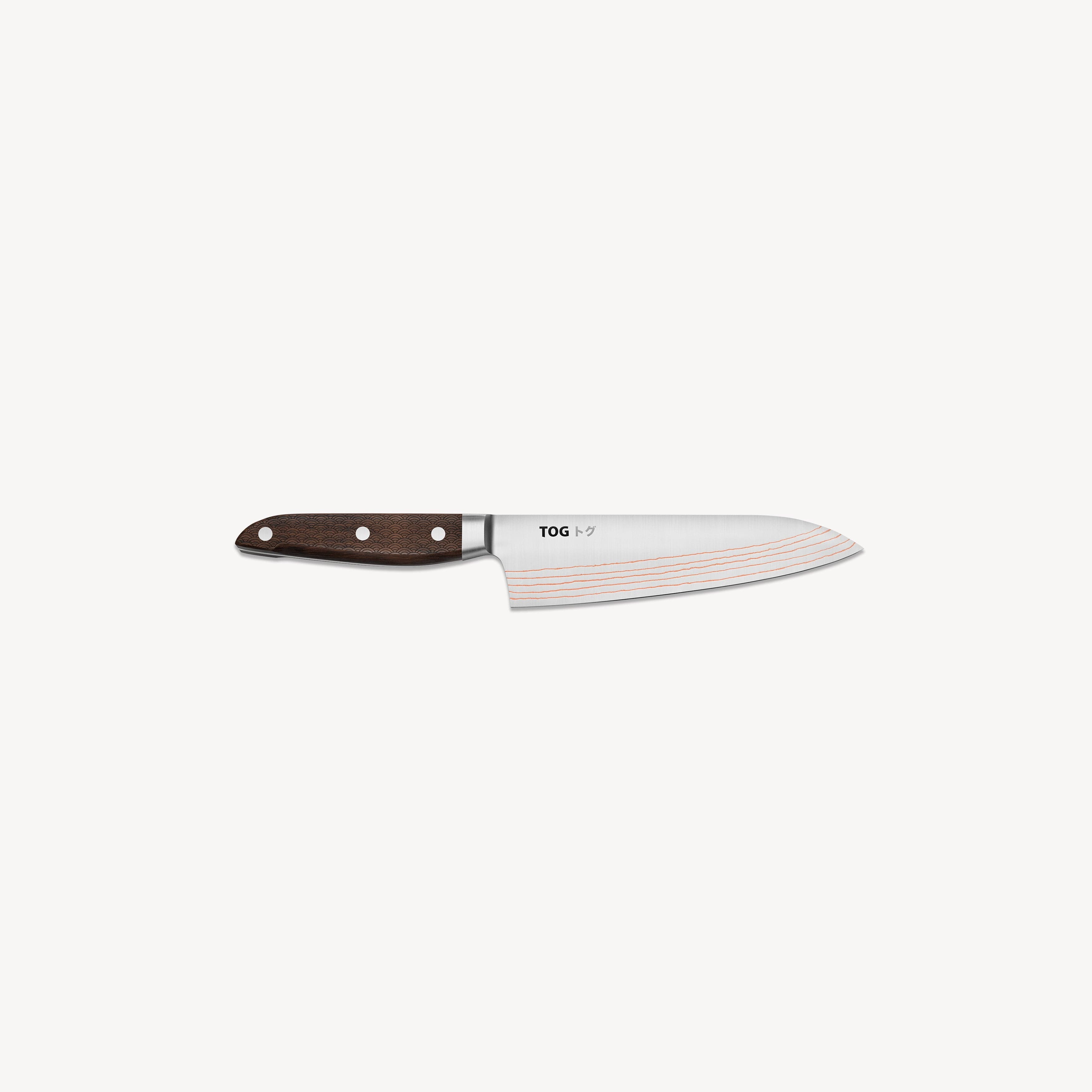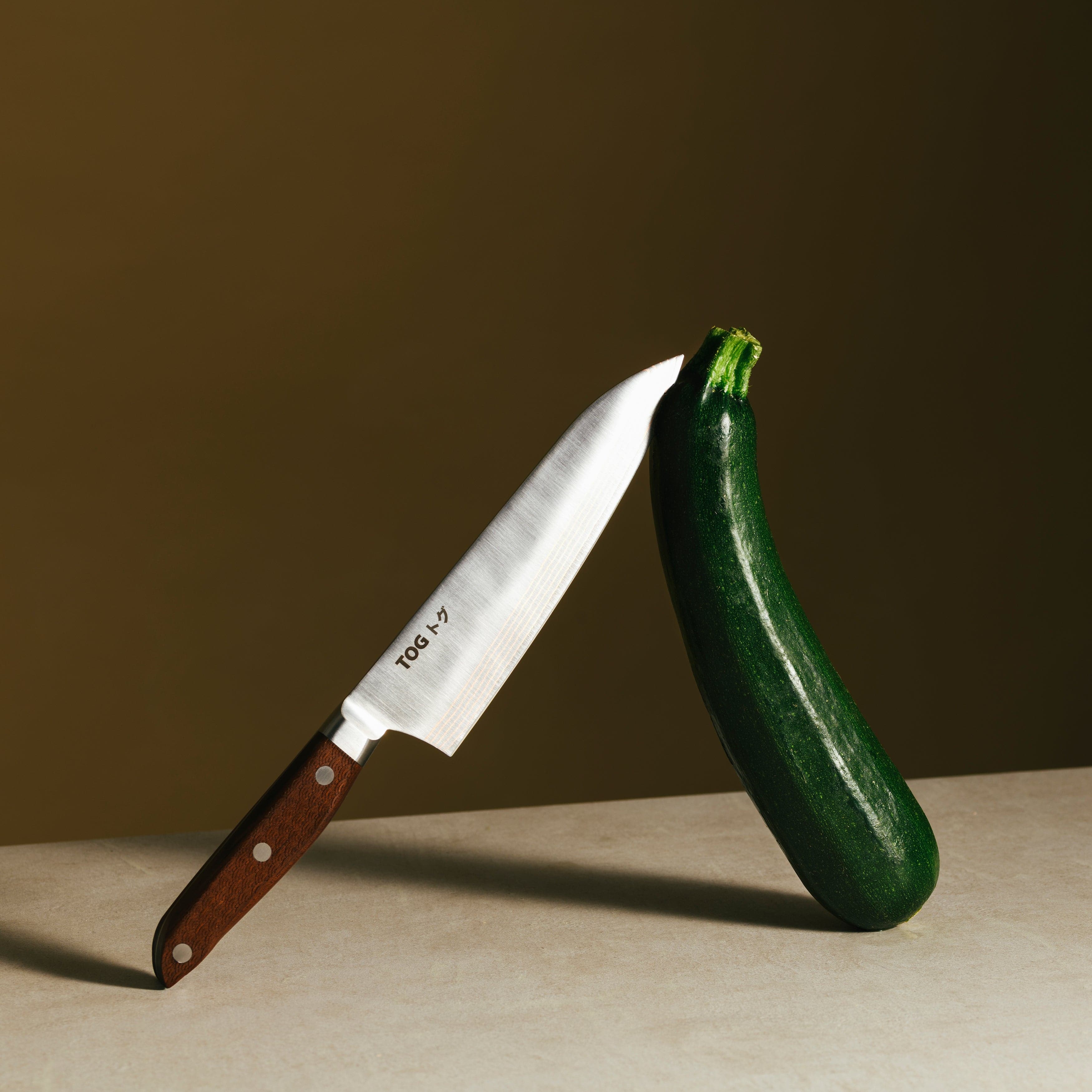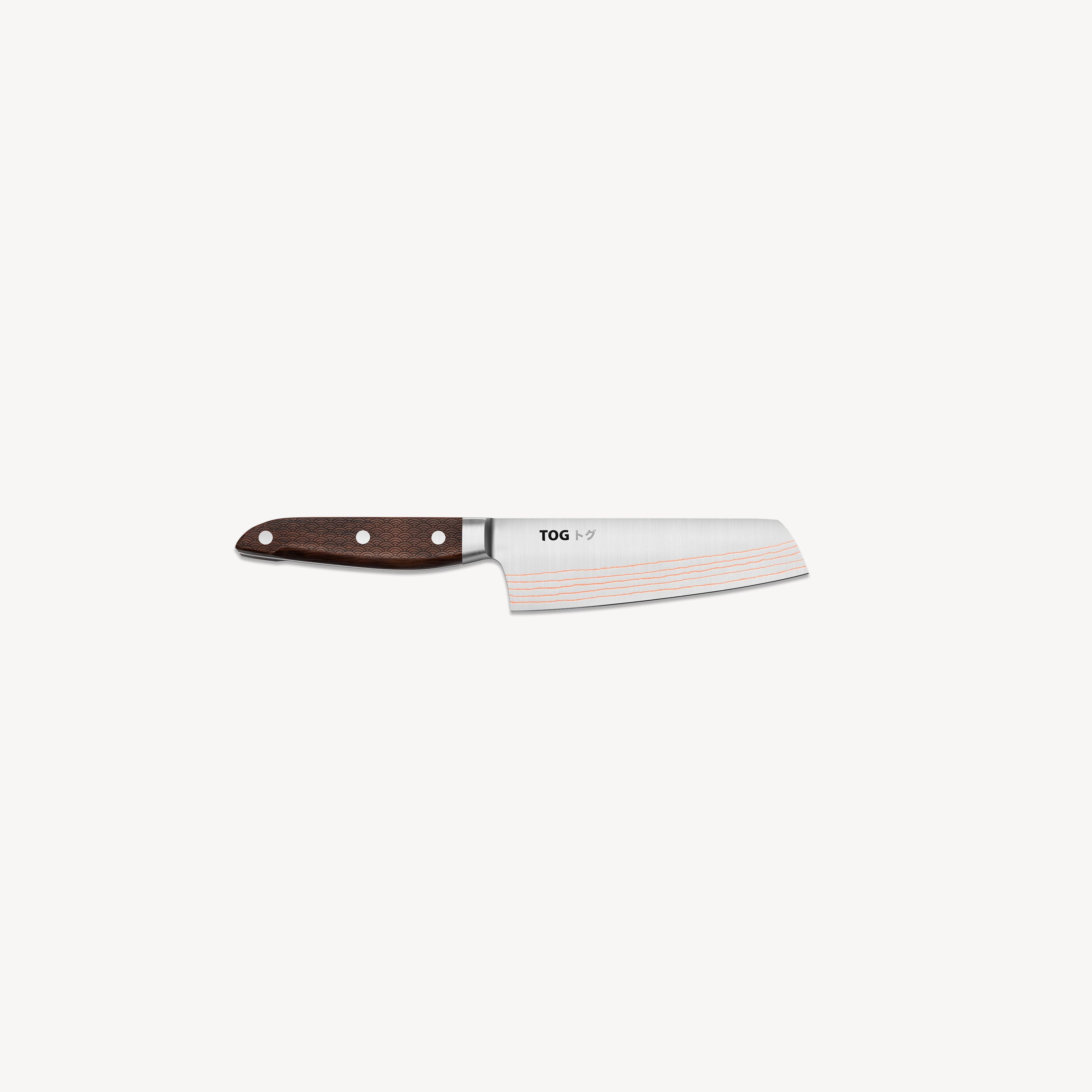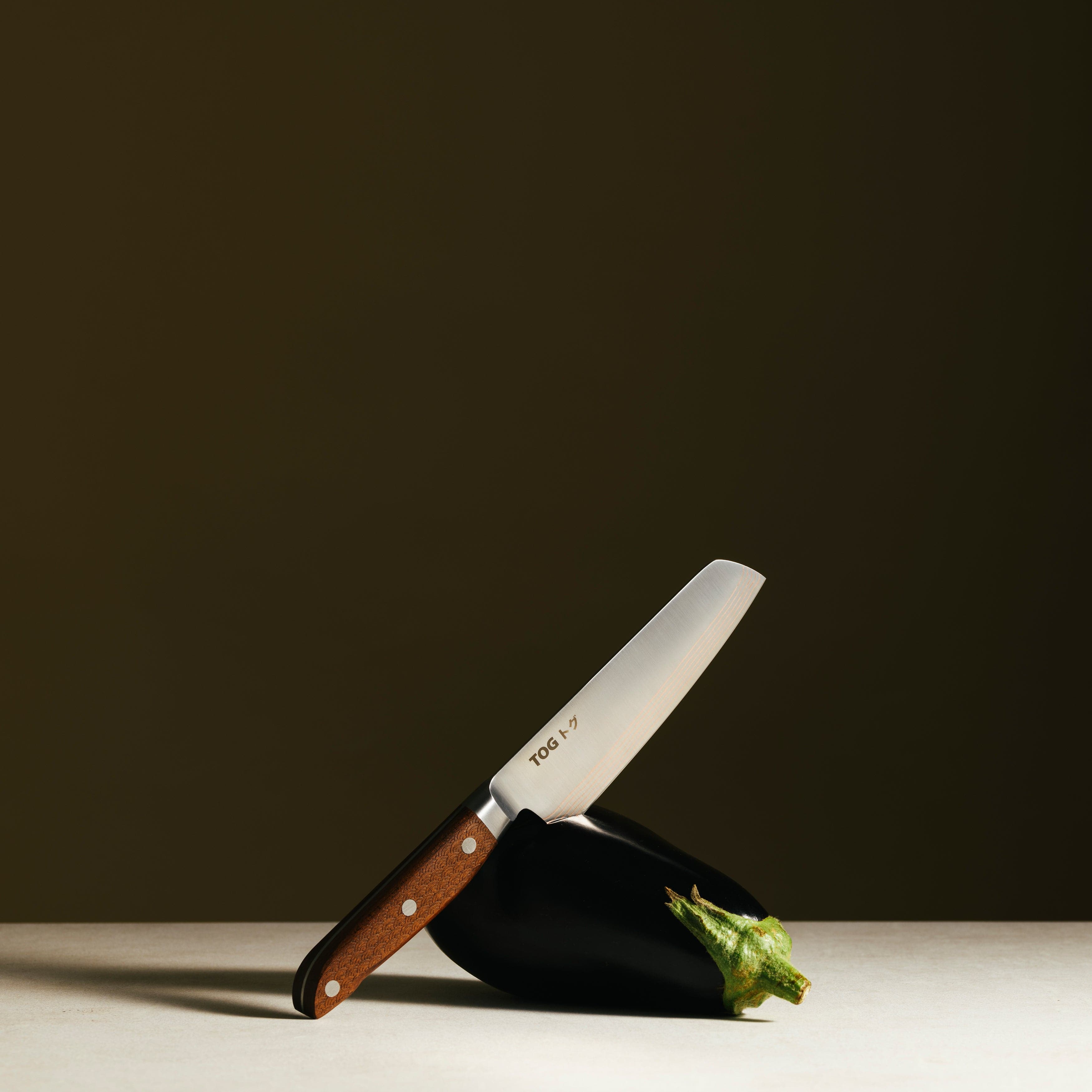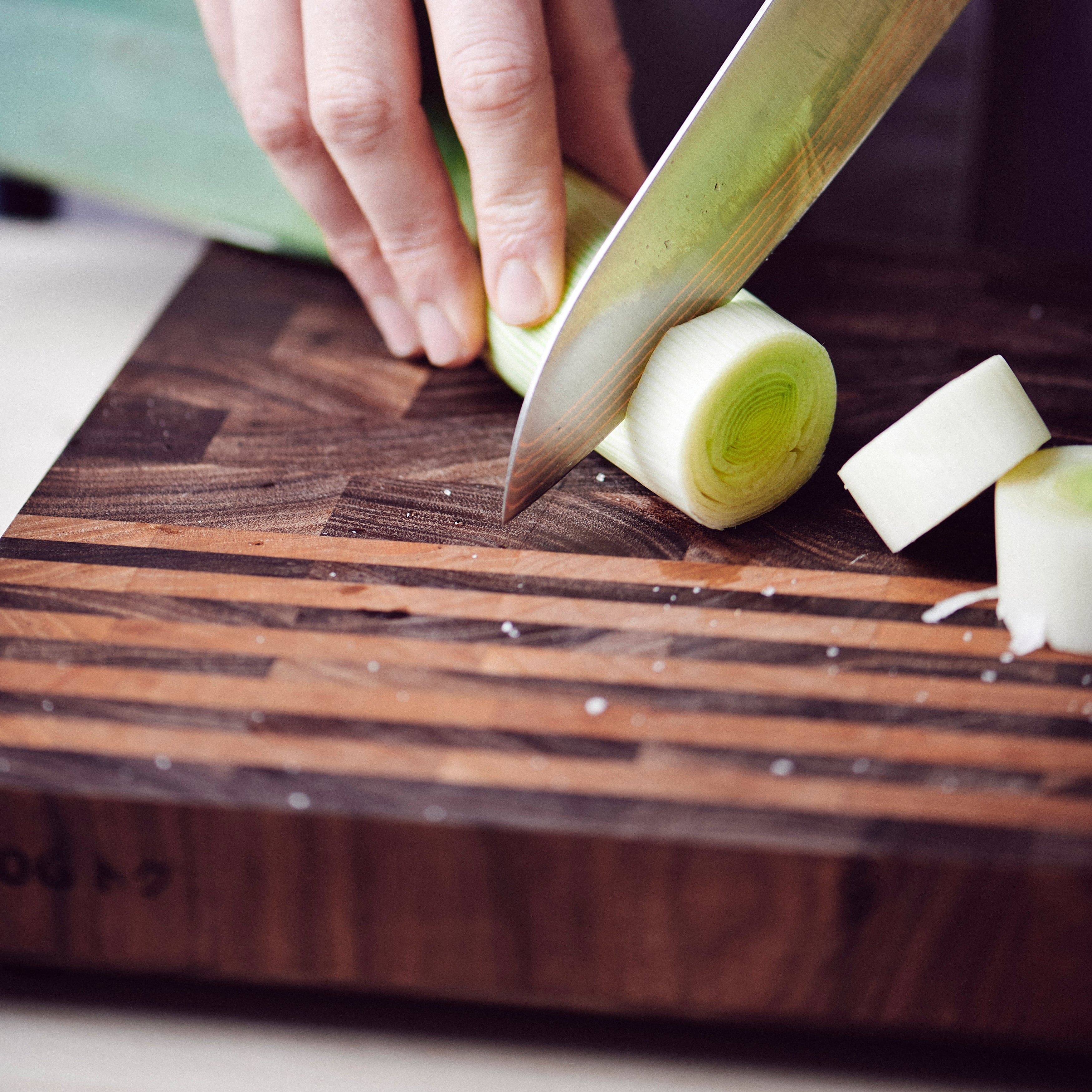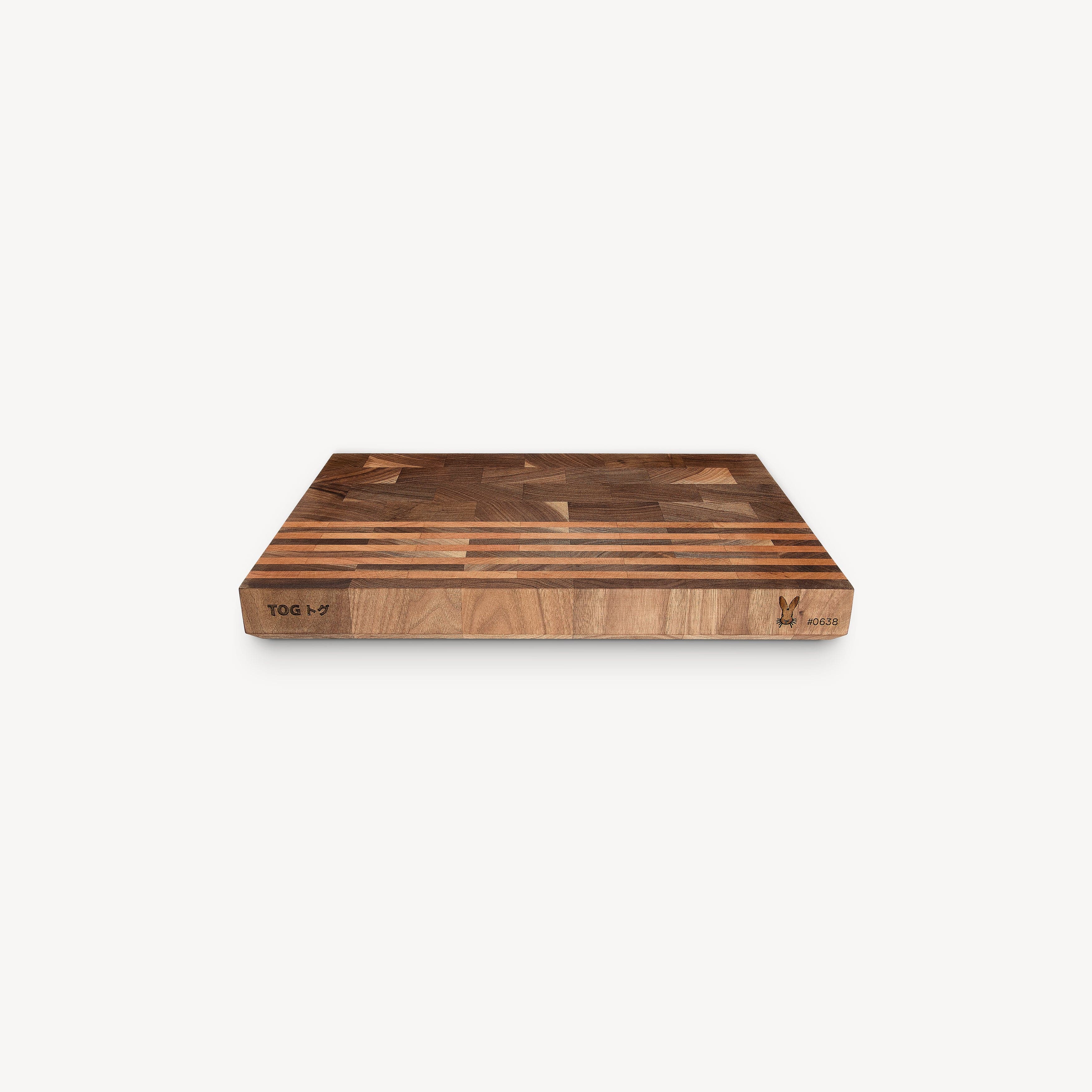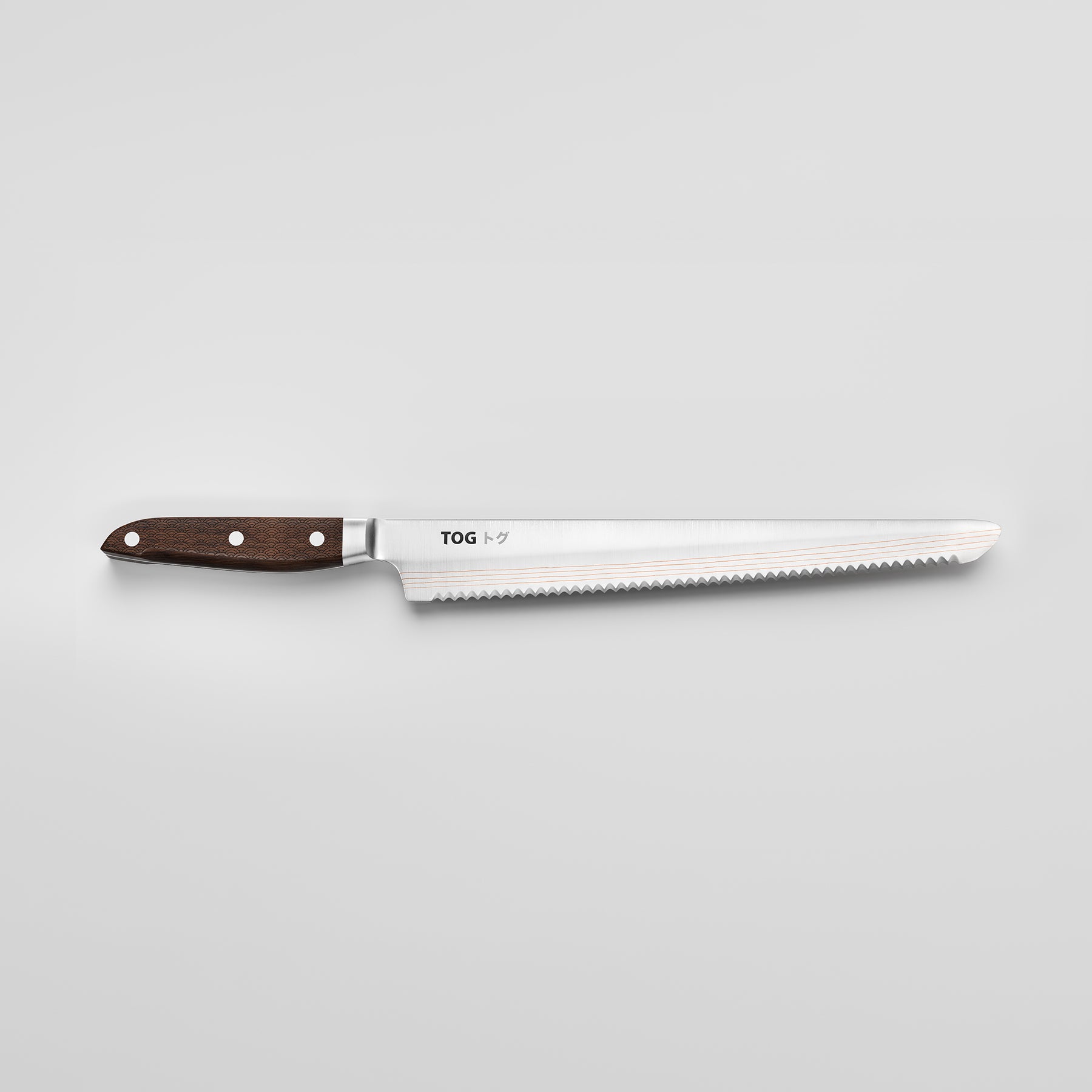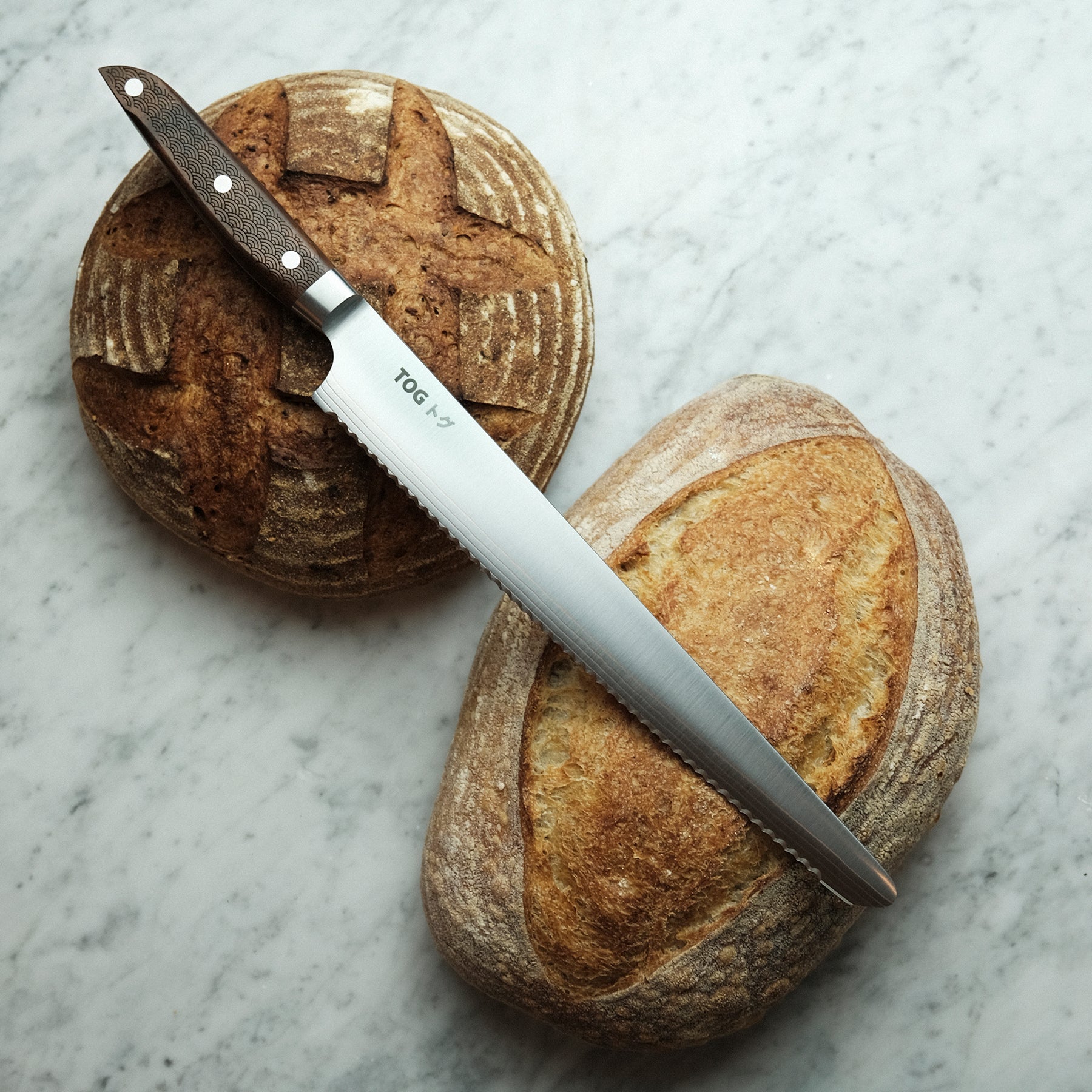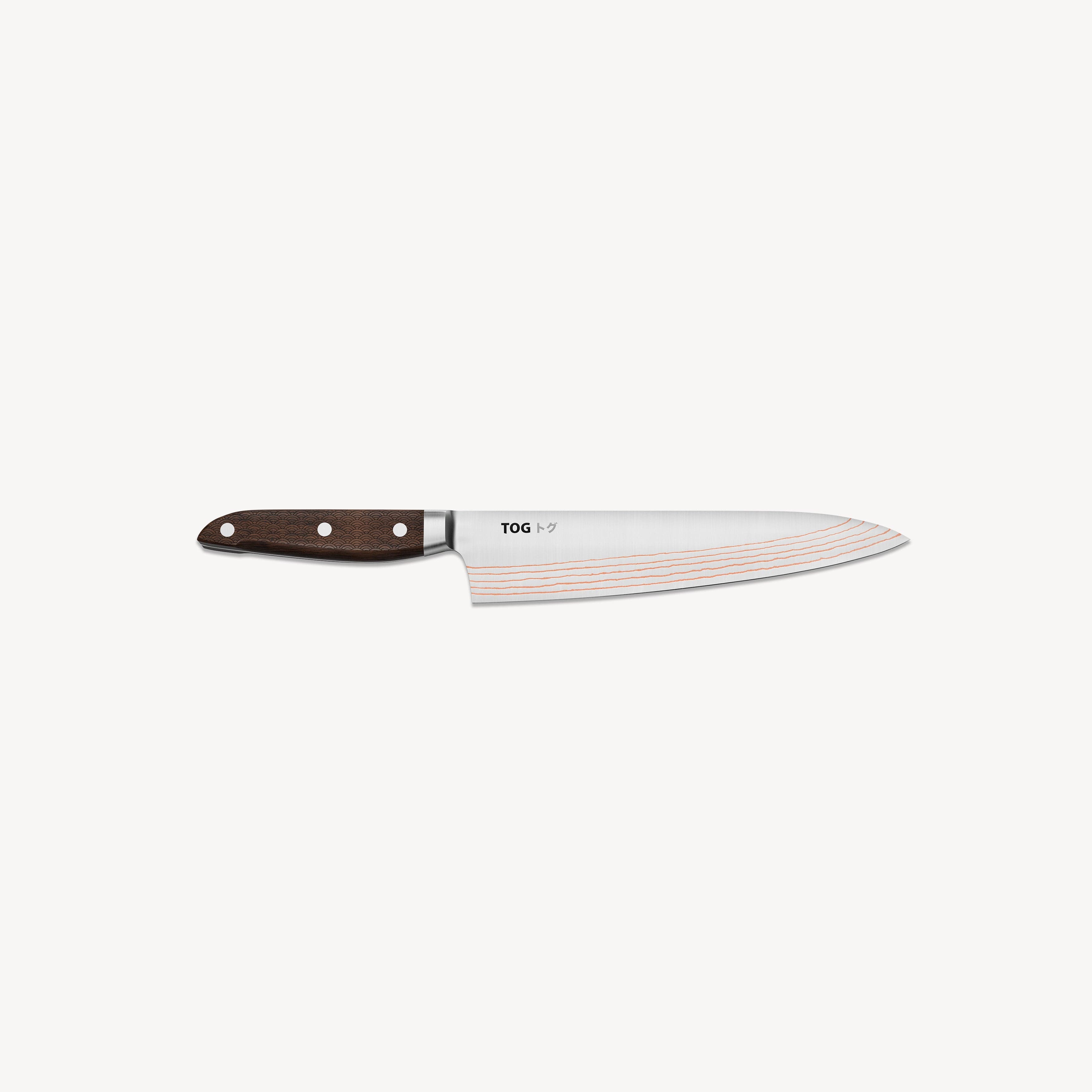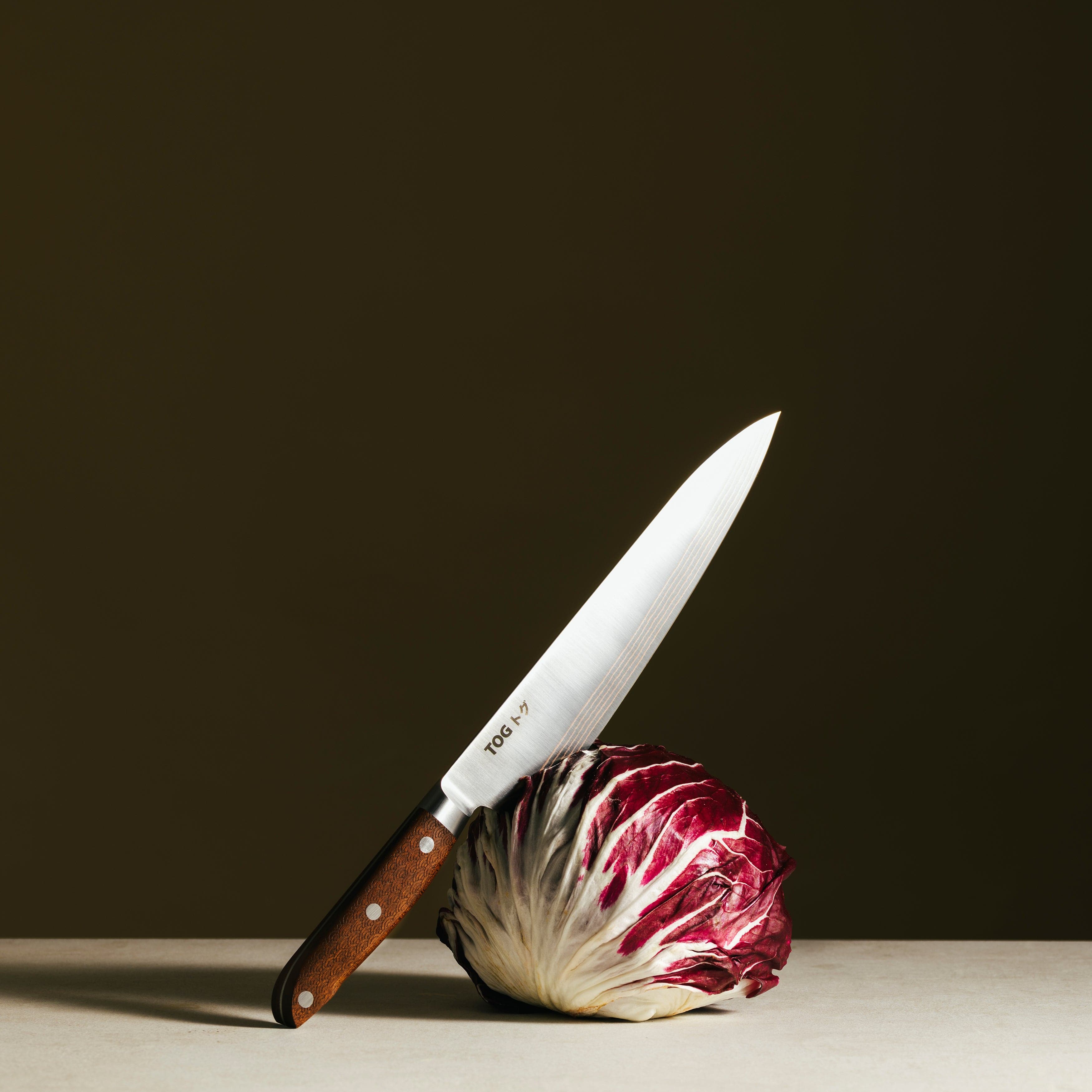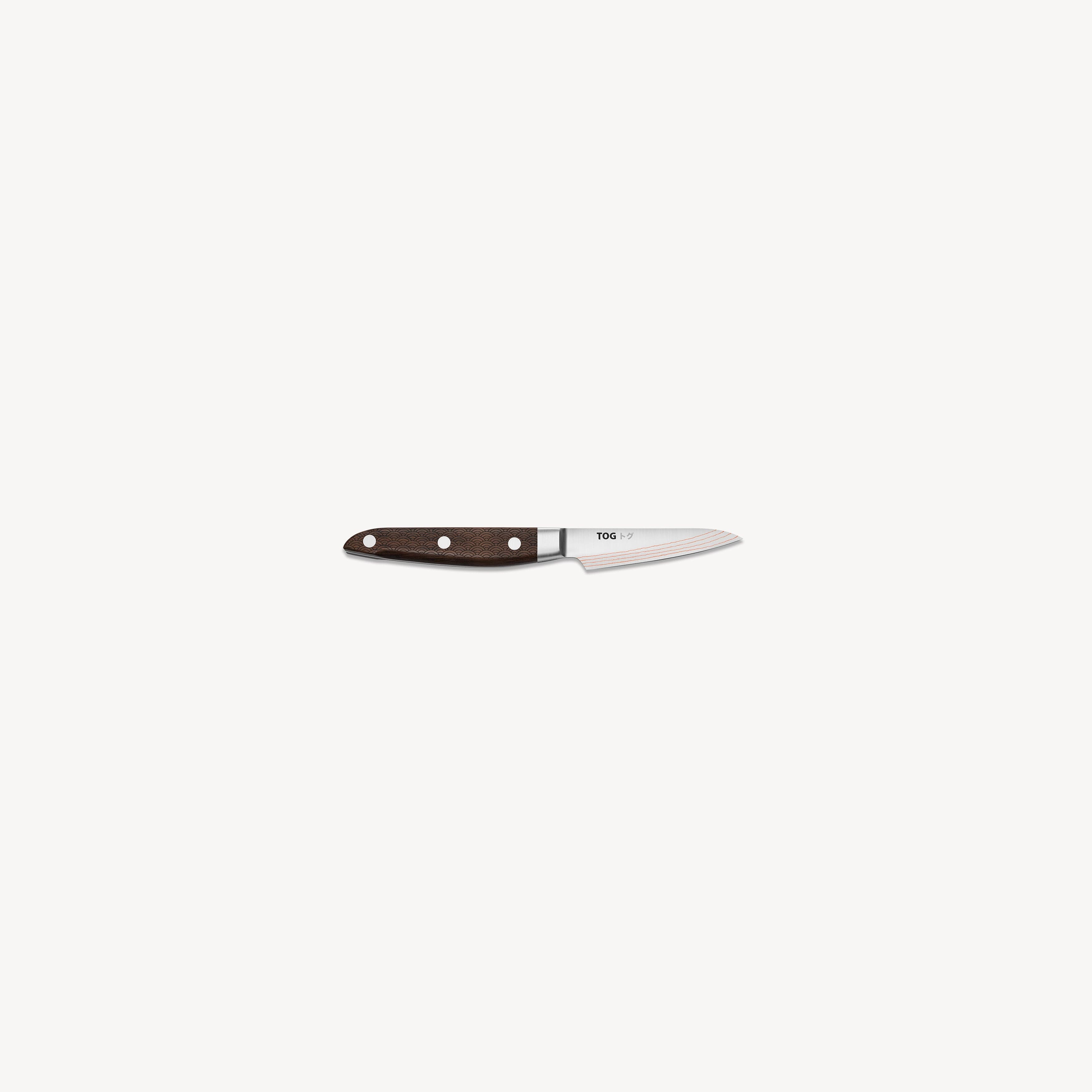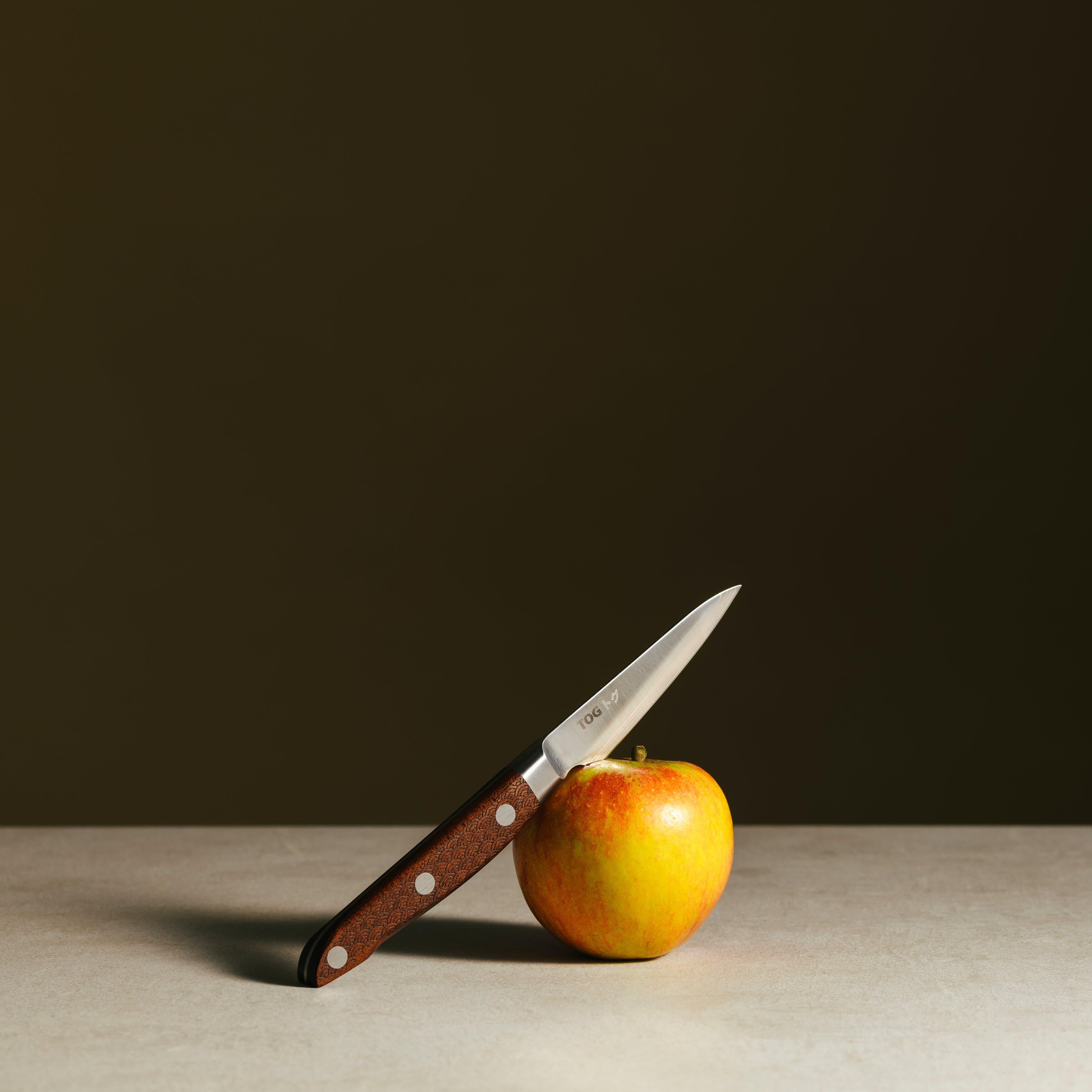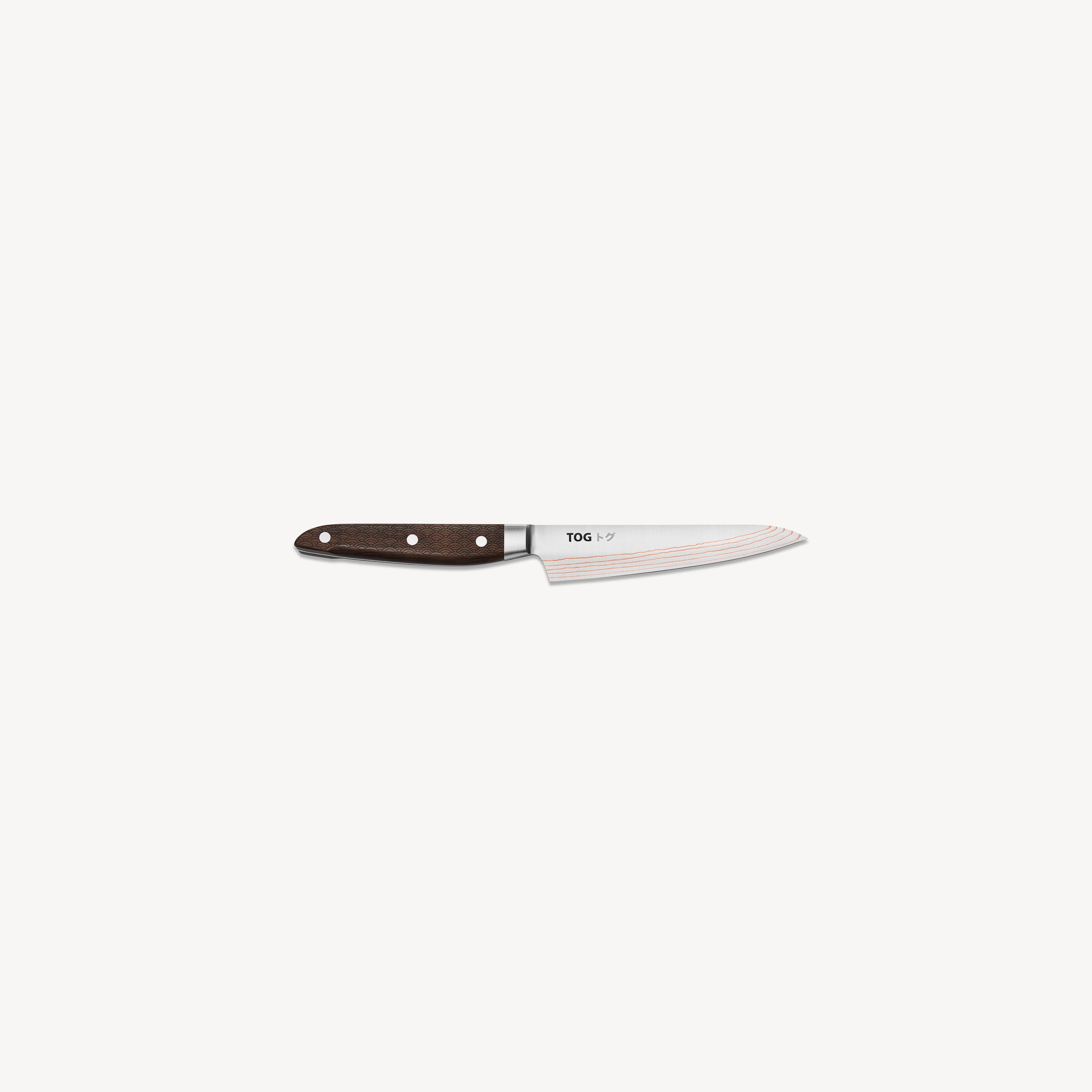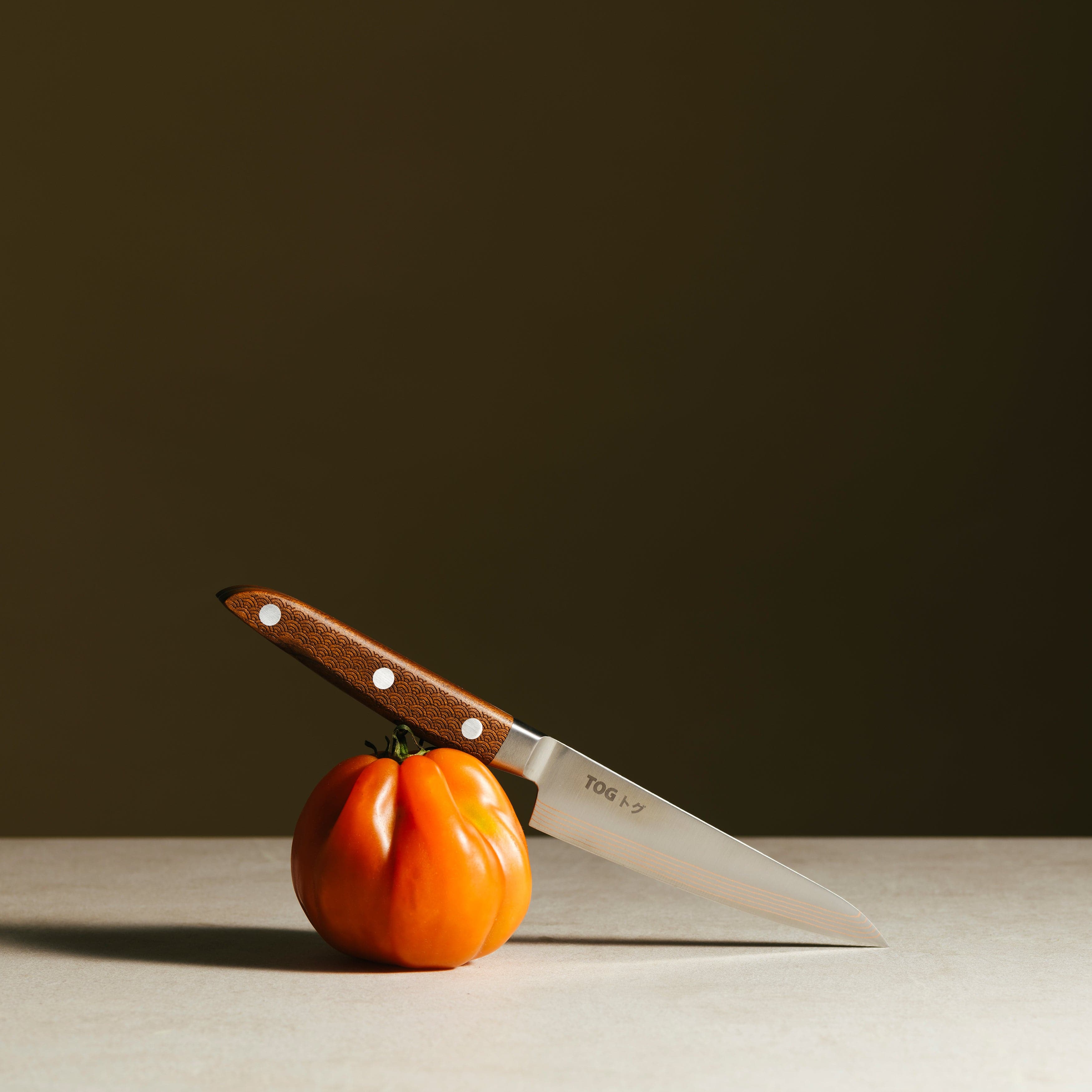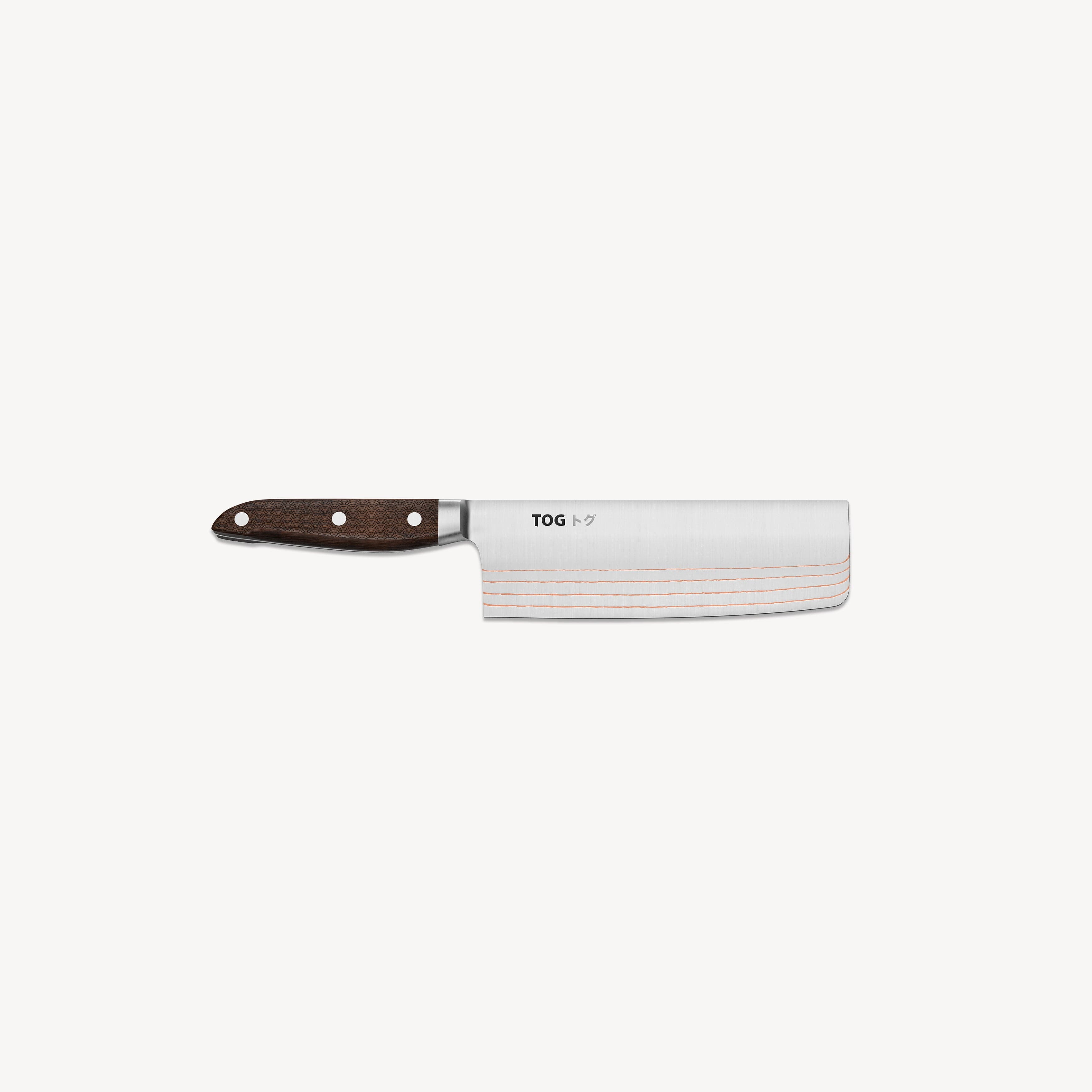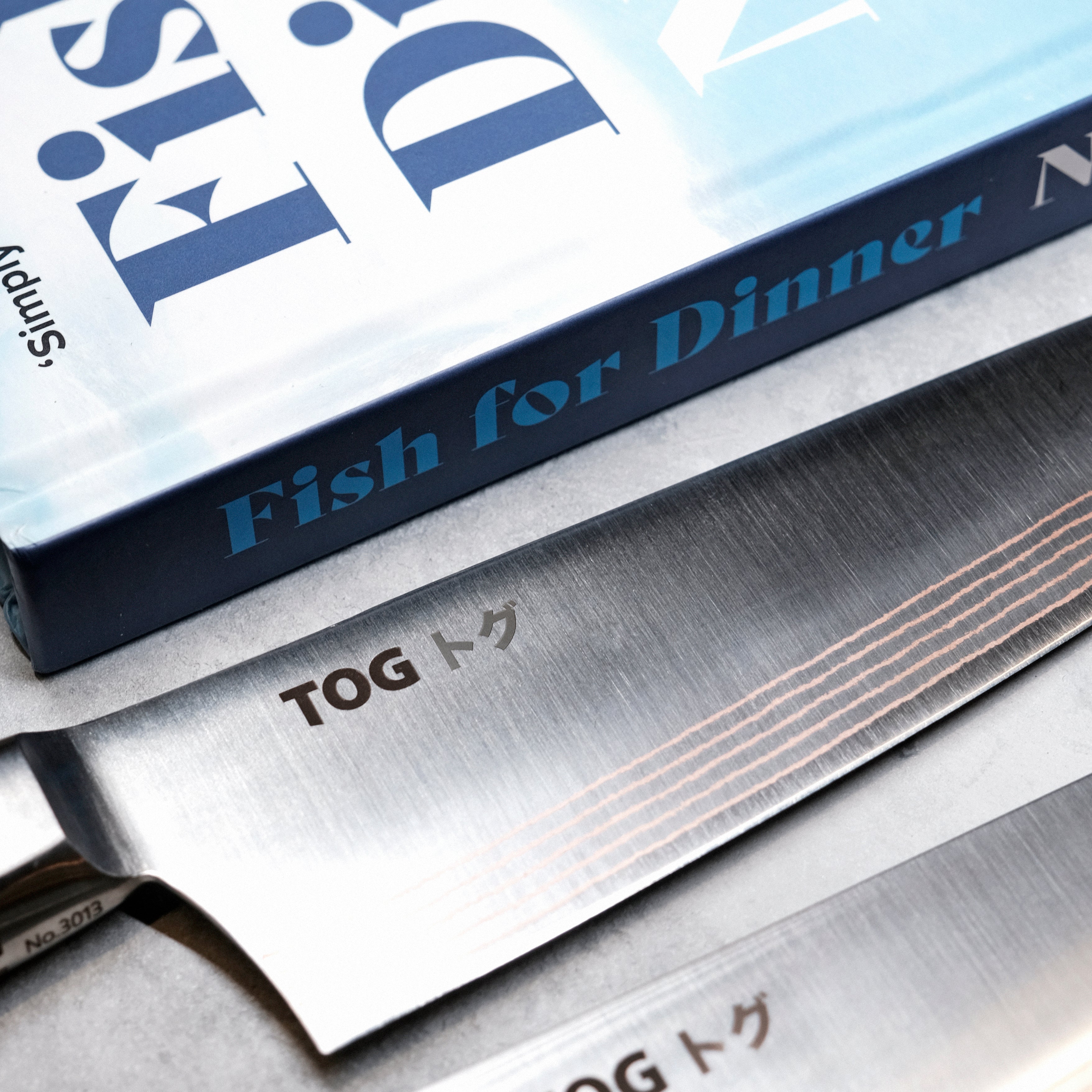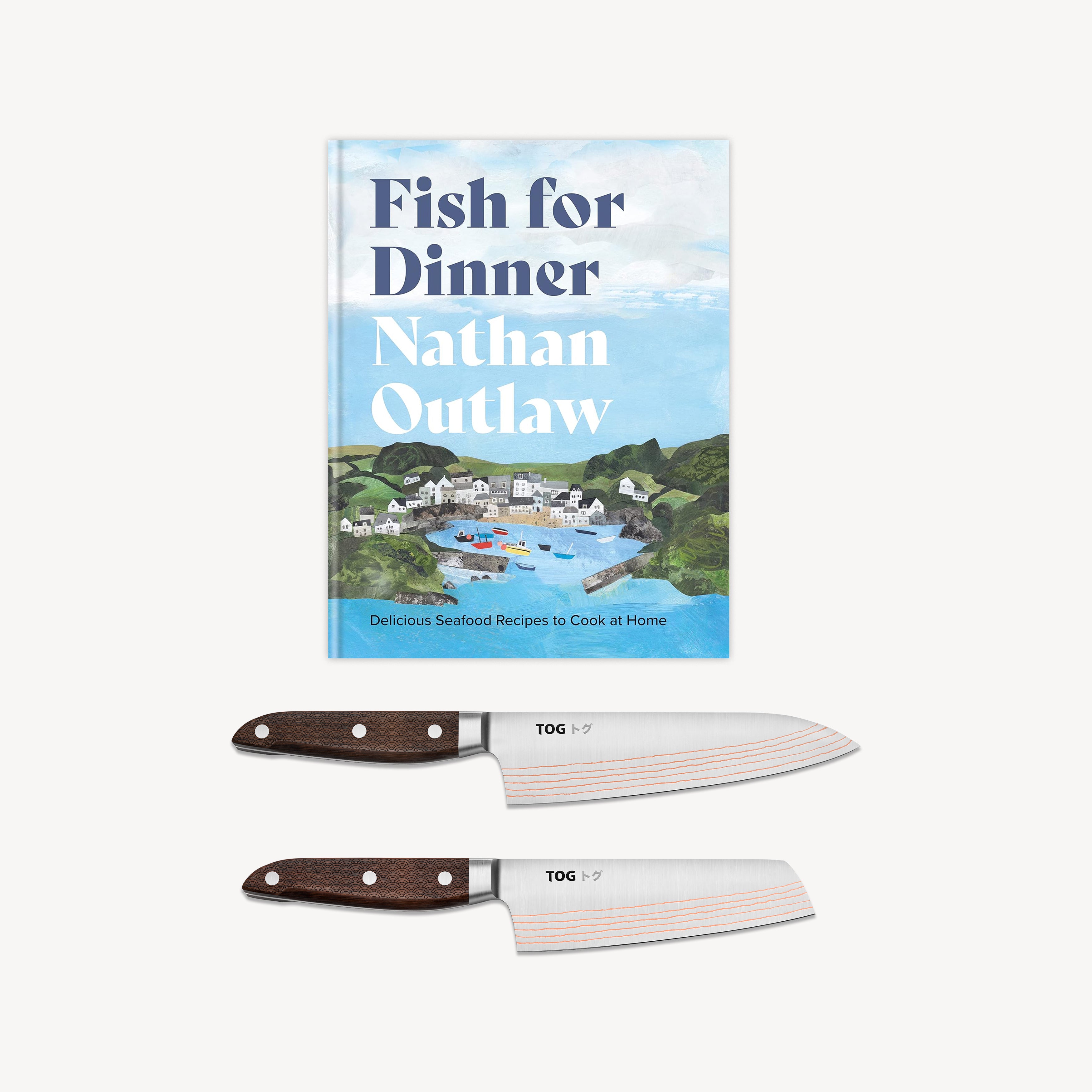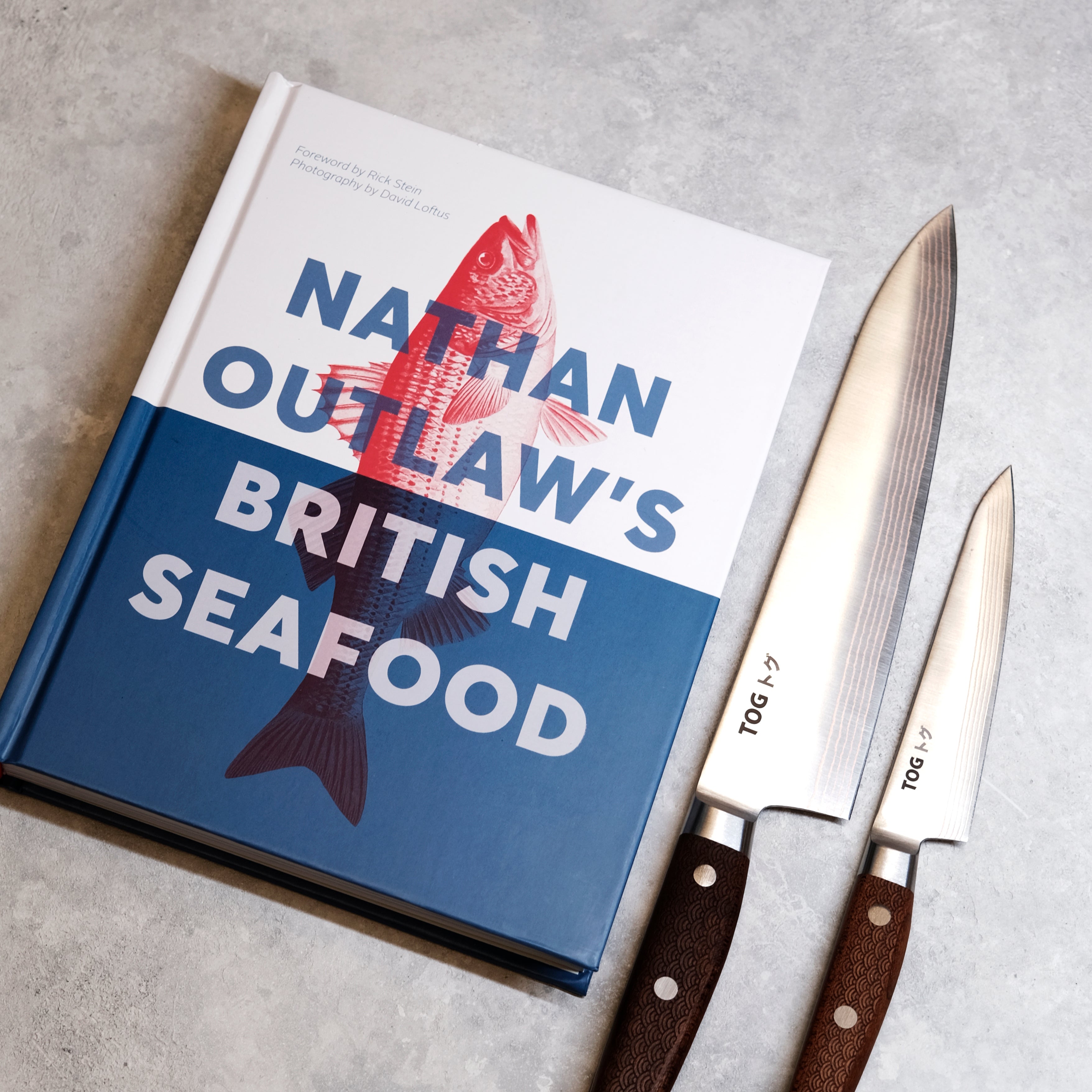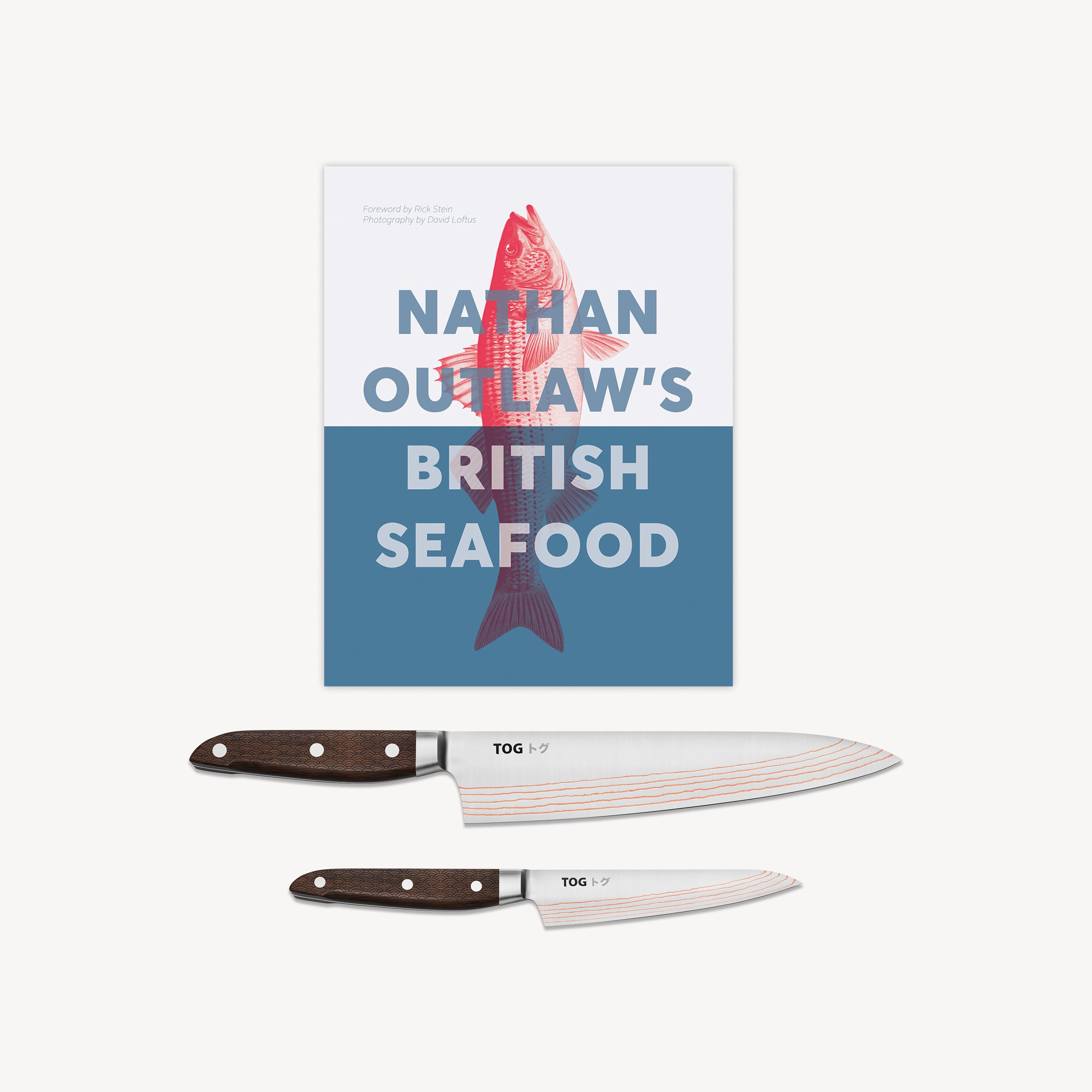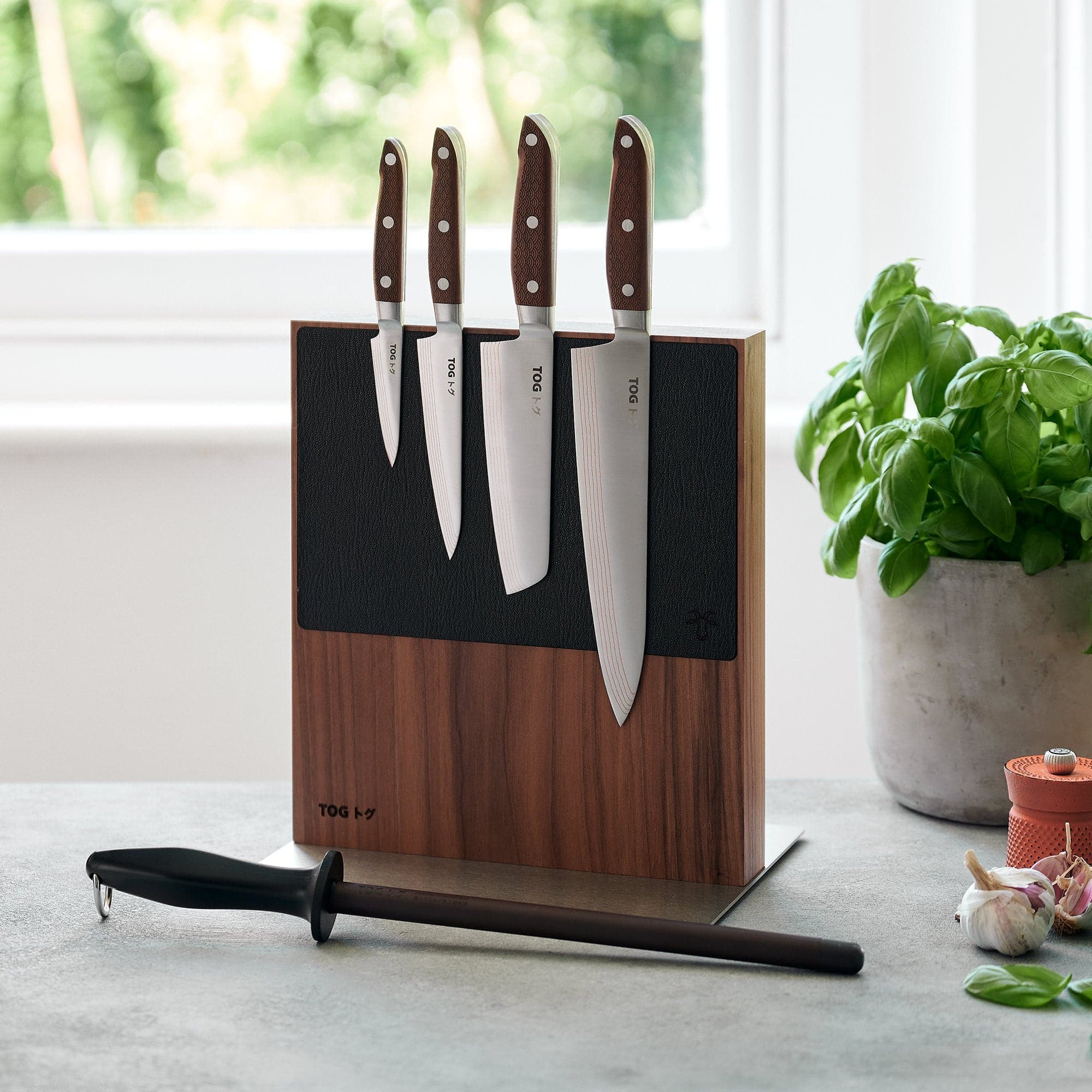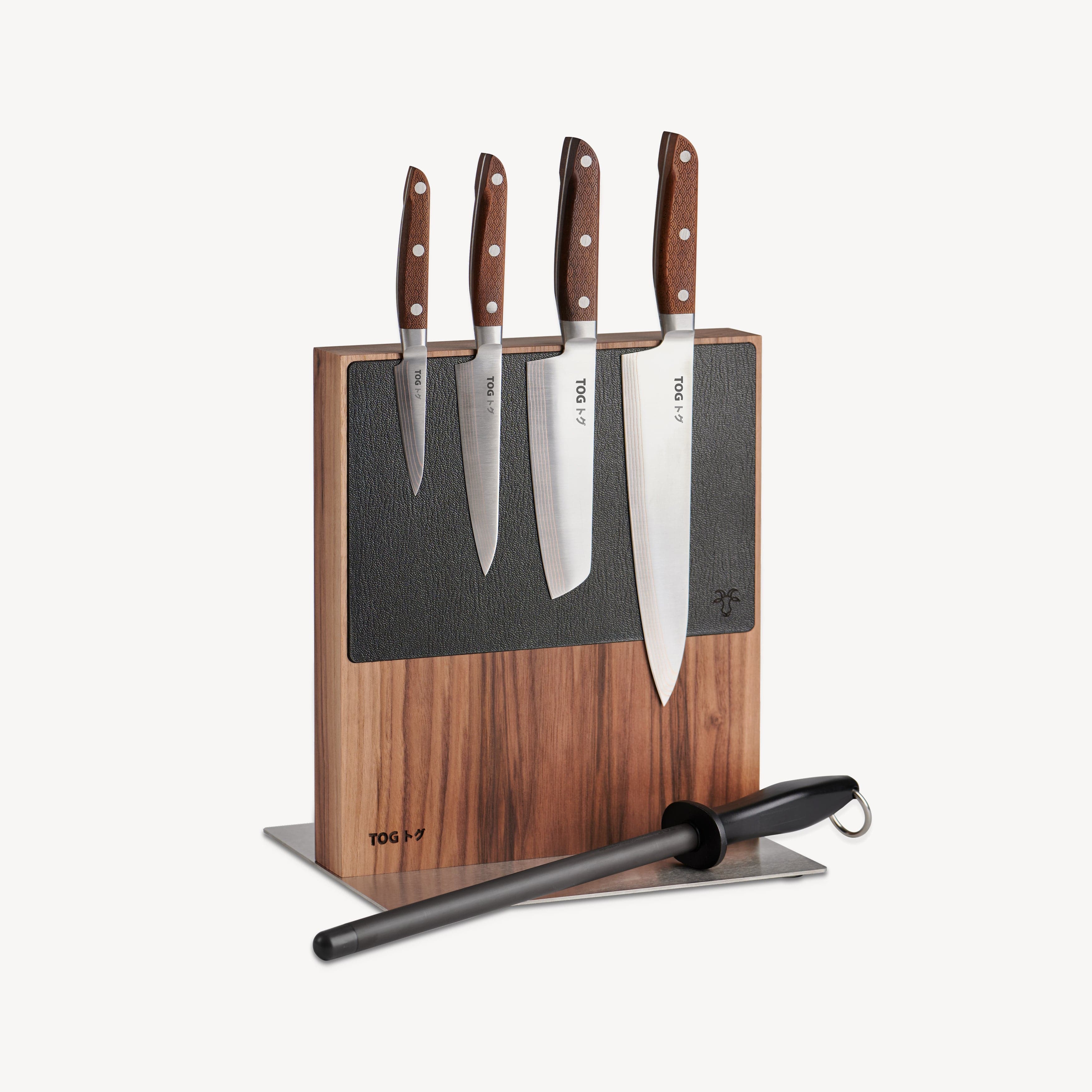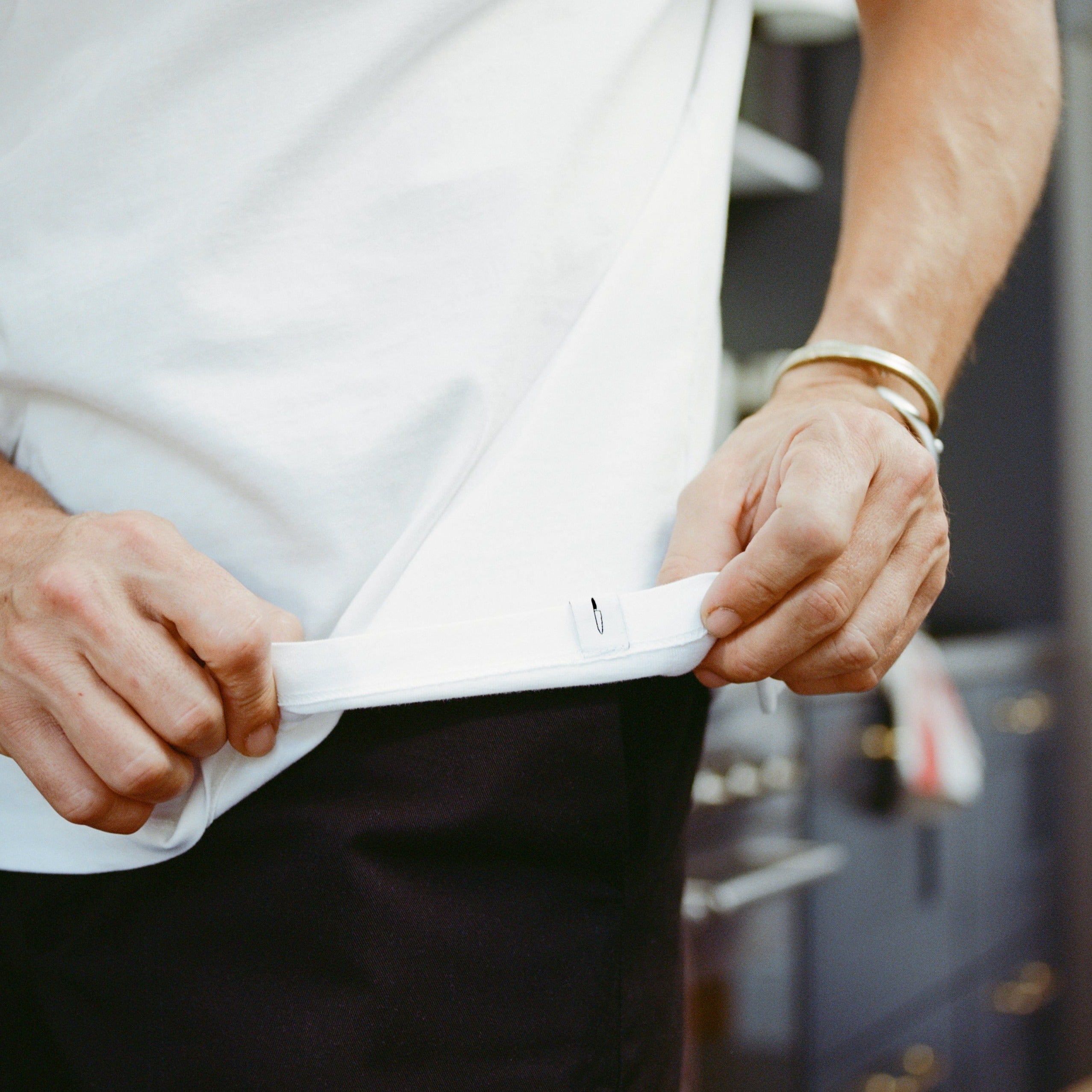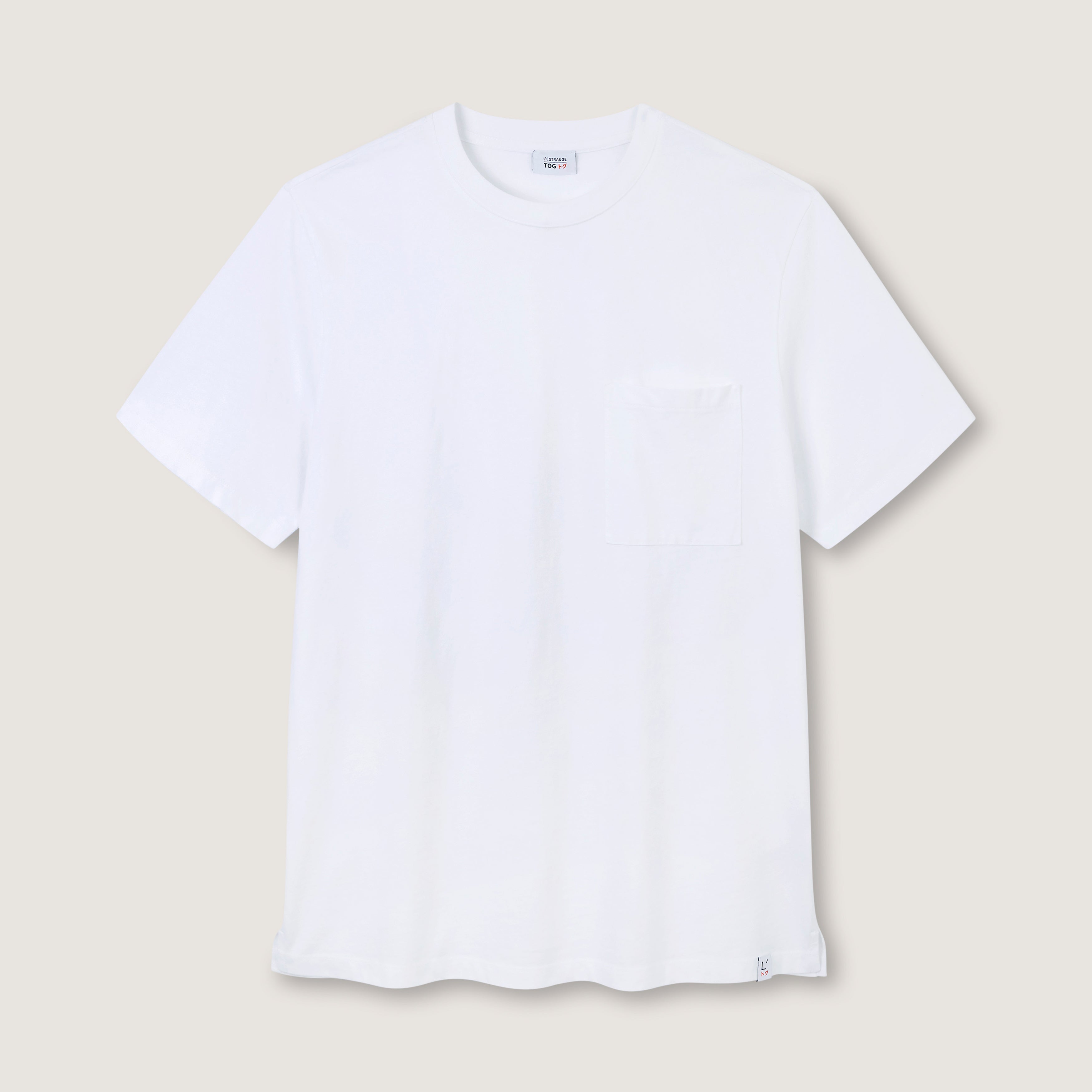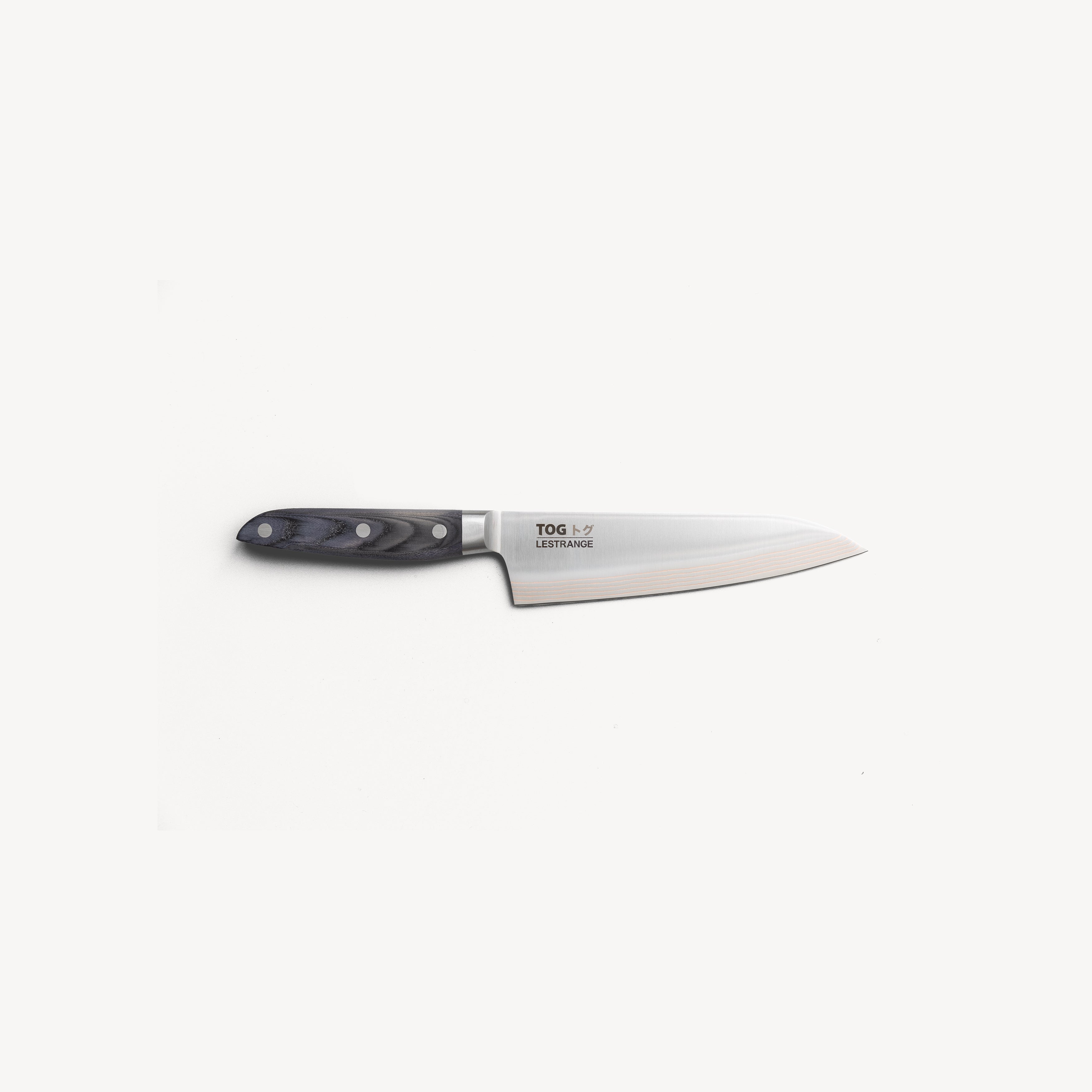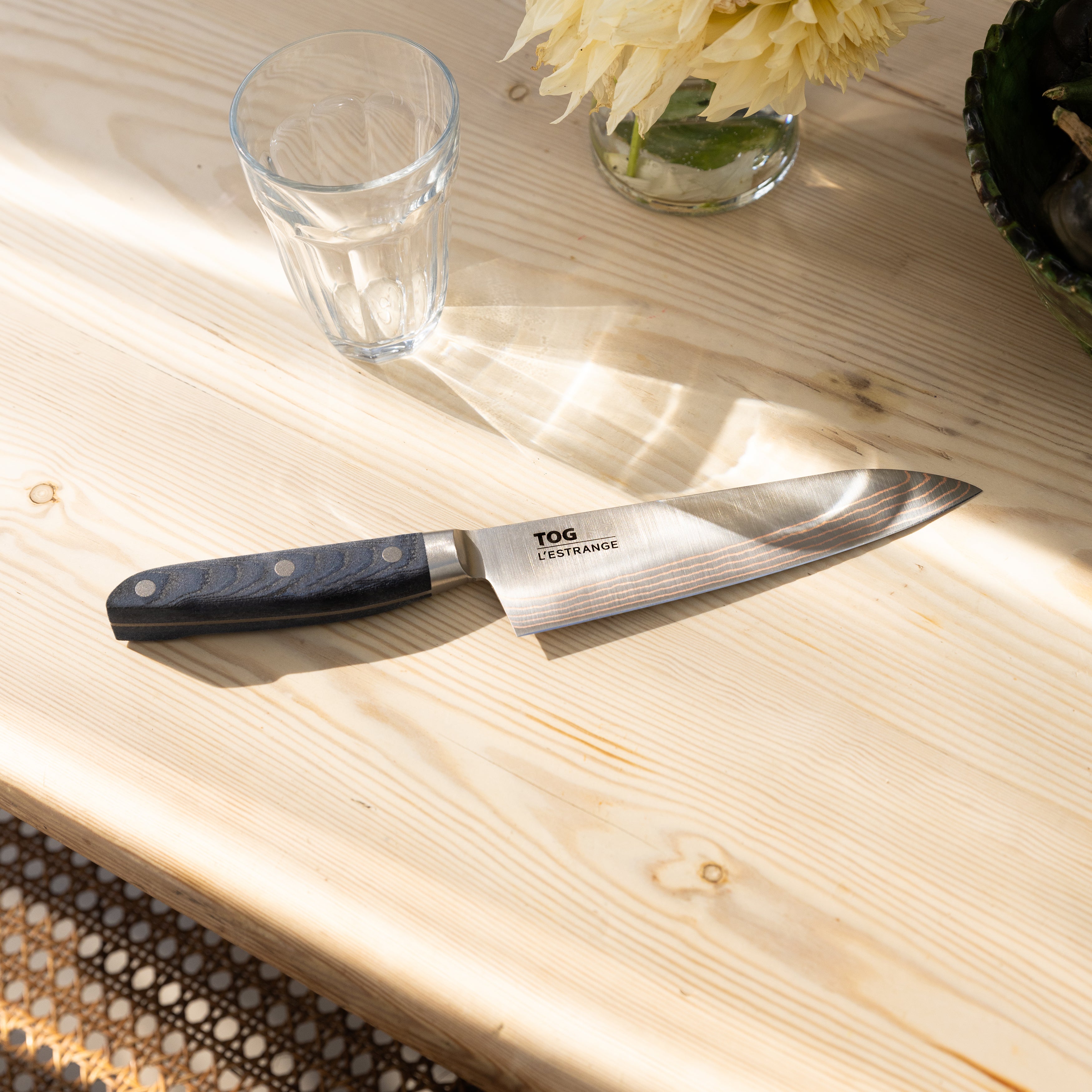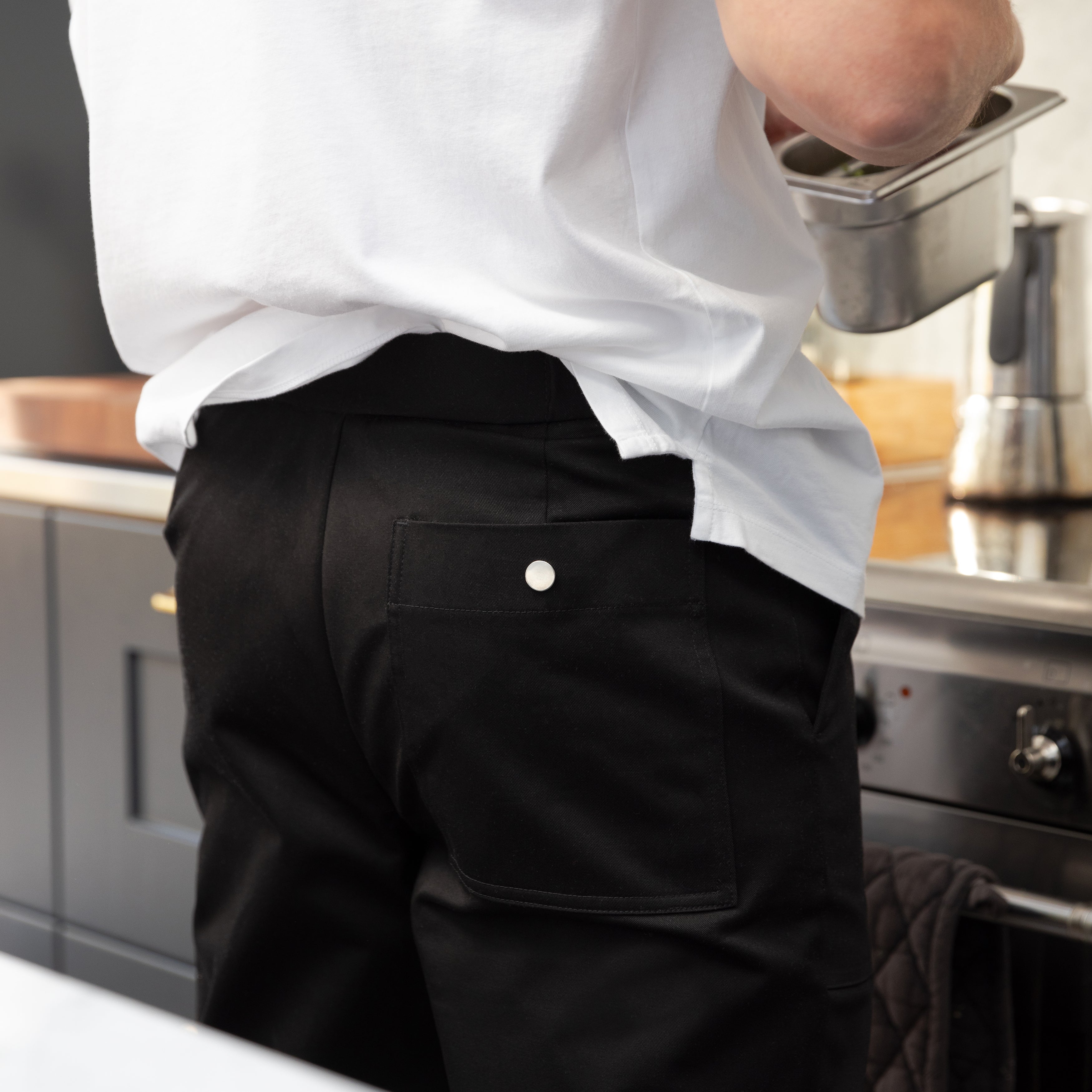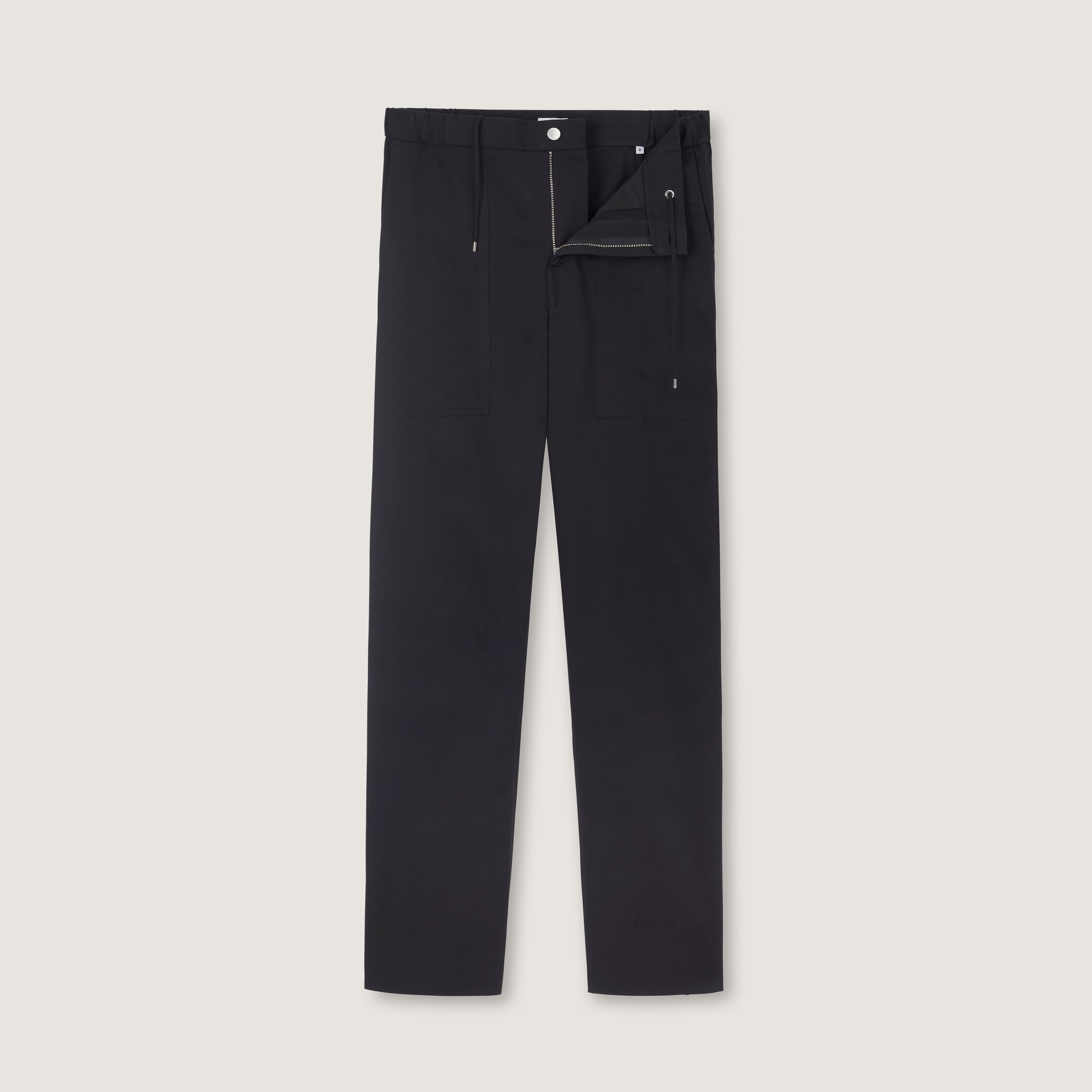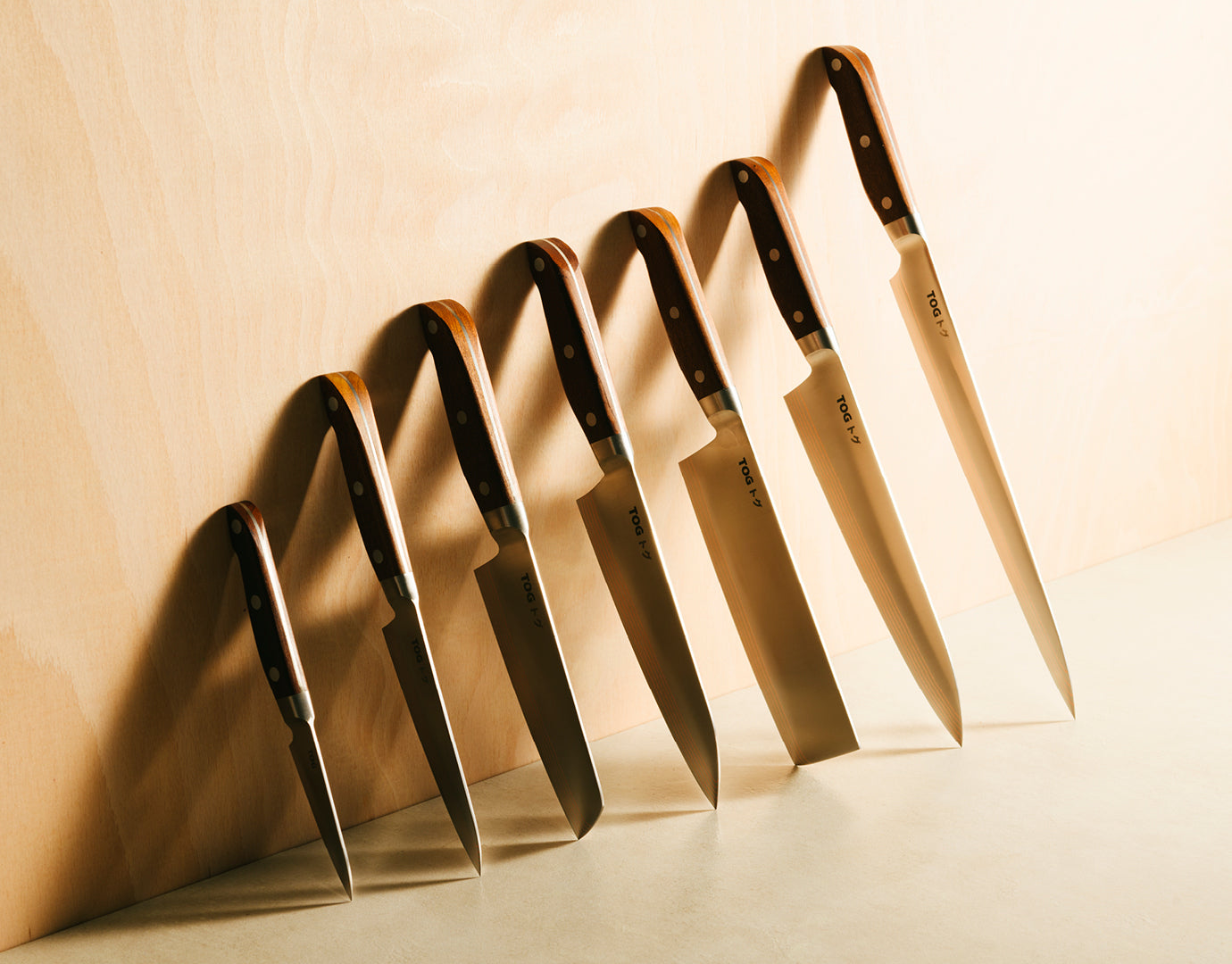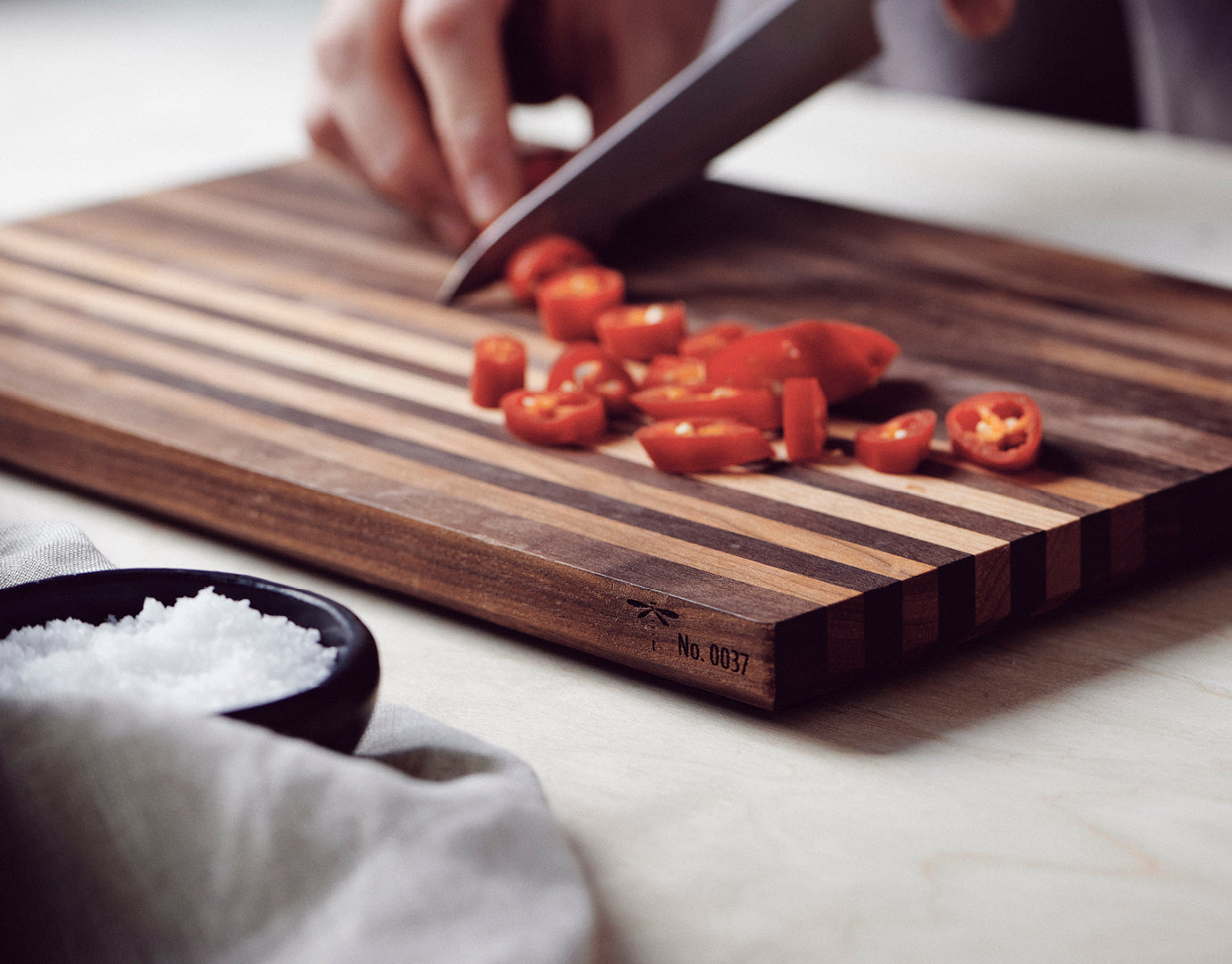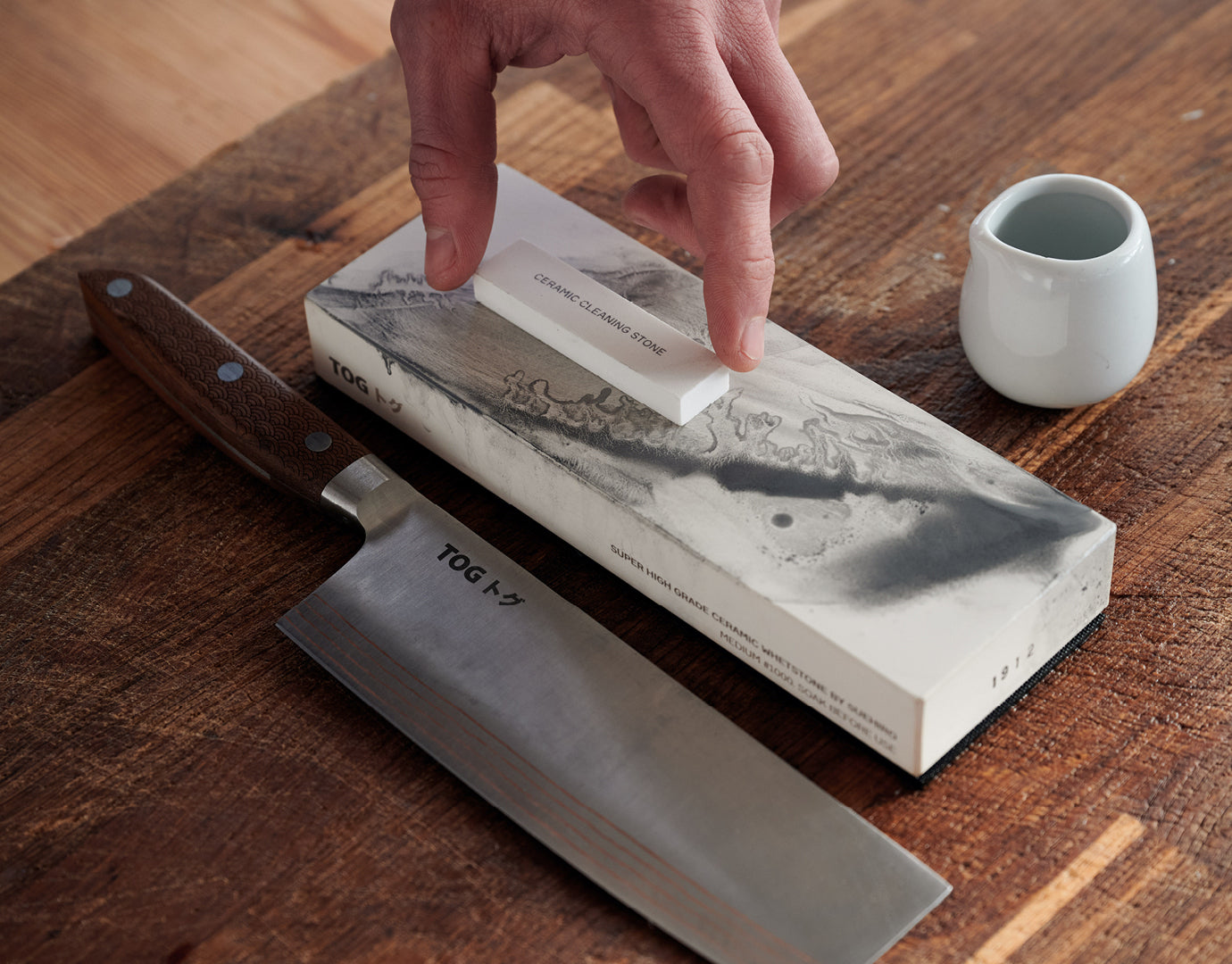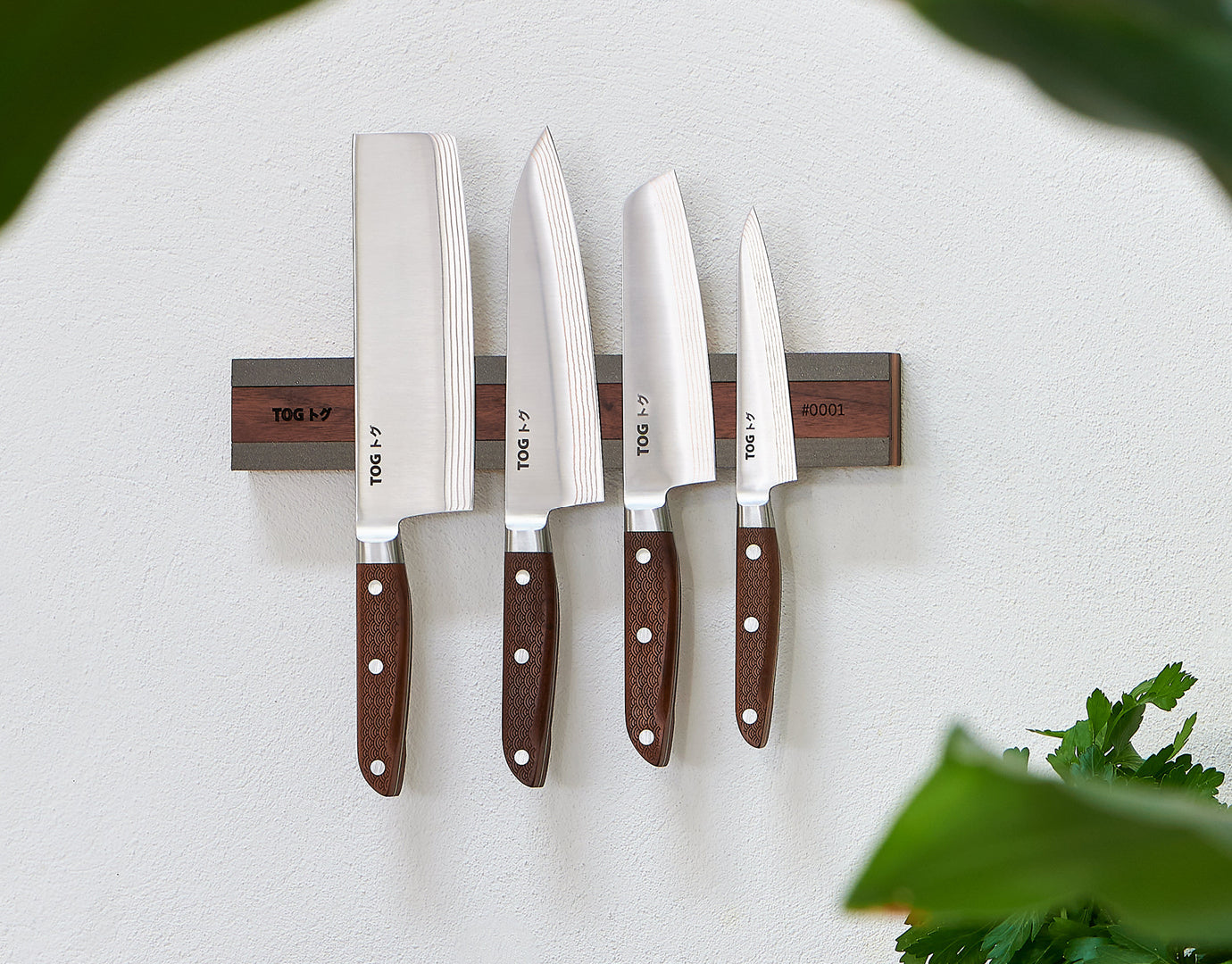INTRODUCING…
THE TOG 30 DAY HOME TRIAL
USE A TOG KITCHEN KNIFE AT HOME FOR 30 DAYS. IF YOU DON'T FALL IN LOVE WITH IT, SEND IT BACK FOR A FULL REFUND. NO QUESTIONS ASKED.
Knives
SETS
Home

"After 30 years slicing, dicing, filleting and chopping, I’ve finally got the right knife in my hand every day. TOG are the sharpest, smartest, most balanced knives I’ve ever used."
Michelin Star Chef and TOG Ambassador
Owner of Outlaw’s New Road and Outlaw’s Fish Kitchen, Port Isaac

Design Process
The importance of chefs
Chefs demand the most from a kitchen knife. So they were our starting point when we designed our knives. If a knife performs well in a professional kitchen, it will excel in any home. We prototyped and prototyped and refined the design until the chefs were happy.
Click below to see what Michelin star chefs are saying about our knives.

CRAFTED IN SEKI CITY, JAPAN
MADE THE SLOW WAY
Handle a knife that’s purpose-designed for Western kitchens. Each TOG blade is made using traditional methods by skilled craftsmen in Seki and developed to be the best modern knife for the task. We are currently the only company to use four different metals to strengthen our blades. We don’t know anyone else who has achieved this.

Used weekly on Saturday Kitchen Live BBC1

Best Kitchen Knife Sets 2023

12 ways to improve your life in 2023





